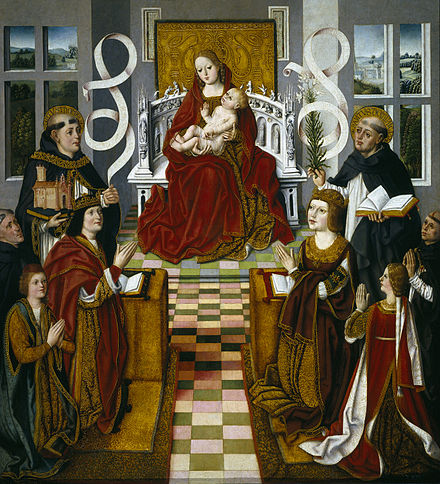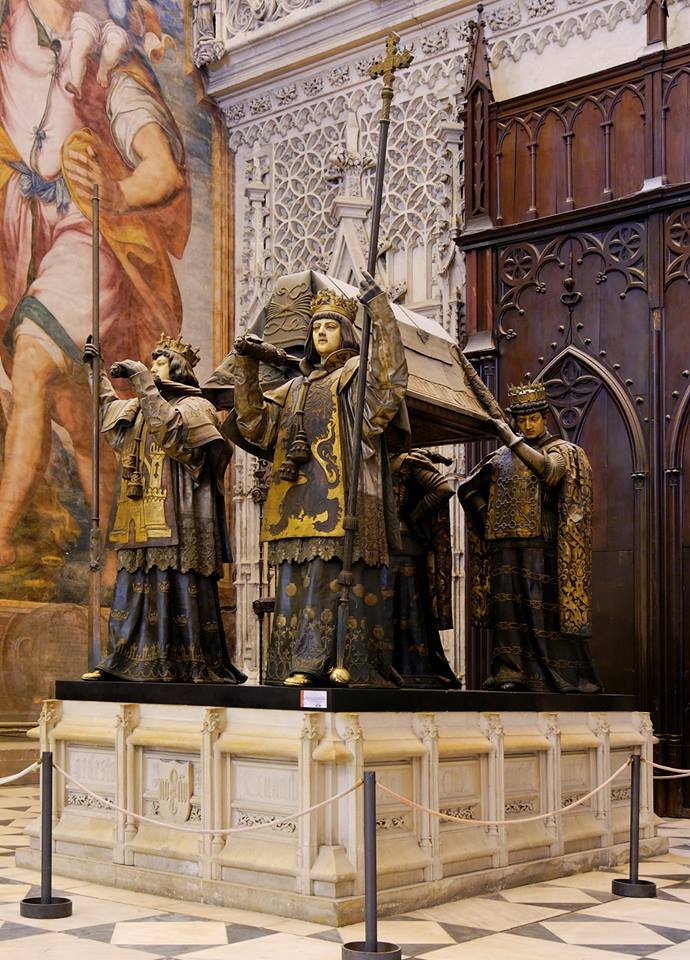Great
grandparents
José
Francisco Luis Boronda
7/9/1831
Salinas-6/9/1914 Tijuana, Mexico
2nd
marriage in Tijuana
Maria
Ygnacia de Los Angeles Juana Magdalena Castro
4/26/1832 Santa
Cruz-8/6/1896 Castroville
Great
great grandparents
José
Eusebio Boronda 3/4/1808 Santa Clara-1880 Castroville Rancho
Rincon de Sanjon m.
9/5/1831 Santa Cruz; 2nd
wife Ricarda Rodriguez
Maria
Josefa Ramona Buelna 3/18/1817
Monterey-7/17/1864 Salinas first
buried at Boronda adobe
José
Joaquin Castro 2/17/1769 Sinaloa-9/20/1838 Santa Cruz
Rancho San Andreas 1775
Anza ”mestizo”
Maria
Rosalia Rosario Briones Rocha
1/18/1816 Santa
Clara-1877 Santa Cruz 1st
m. around 1830; 2nd
11/24/1838 at M. San Juan Bautista to Jose Julian
Espinosa
Great
great great grandparents
José
Manuel Boronda 1750
Jerez, Zacatecas, Mexico-1/22/1826 M. San Carlos Rancho
Tucho Leather jacket
corporal, master carpenter, volunteer teacher, “razón”
sacristan for Fr.
Junipero Serra; 1787: Presidio Santa Barbara;
descendants qualify for Sons
of the American Revolution membership *SAR
Maria
Gertrudis Higuera 1/28/1776
Carmel-12/11/1851 M. Santa Barbara
m.1/23/1790
“Razón”
José
Joaquin Buelna baptized
3/16/1779-Monterey-7/5/1859 M. Santa Clara m.
11/4/1805 M. San Juan Bautista cavalry “razón”
teacher; 1826: alcalde of Branciforte; 1834 Rancho
Zayante
Maria
de Guadalupe Gabriela Rodriguez 12/7/1790-Monterey
3/28/1841 M. San Carlos
Joaquin
Ysidro Castro 1732 San Felipe, Sinaloa -1/1/1802, M.
San Carlos Anza: farm
worker “mestizo” Soldier at M. Santa Clara;
descendants qualify for Sons
of the American Revolution membership *SAR
Maria
Martina Margarita Botiller 1735-San
Felipe-6/5/1813 Santa Cruz m.1754;
1775 Anza “mestiza”
José
Manuel Briones 2/12/1774-12/9/1840
M. San Juan Bautista “mulato”
1808 Monterey Presidio cabo de cuera 1st
wife Maria Raymunda Buelna dies, SC
Maria
Antonia Vasquez 5/1797 Santa
Barbara 2nd
wife “La Cruel” m. 6/26/1814
“neofita”2nd m.
10/20/1844 razon to Nicolas Higuera. “Mother
Leocadia Alvitre”
Great
great great great grandparents
Francisco
Xavier Boronda married
4/14/1736 San Miguel Arcangel, Cocula, Jalisco, Mexico
Sebastiana
Antonia married
4/14/1736 San Miguel, Cocula, Jalisco, Mexico (Coca
tribe/Nahuatl?)
José
Manuel Higuera 1744
Mocorito,
Sinaloa-8/29/1828 M. San Juan Bautista:
“age 84; de razón”
1774: Rivera expedition, San Diego soldier; 1790:
Monterey “español”;
1793:San Jose *SAR
Maria
Ignacia “Antonia” Limón
Redondo 1752
Sinaloa-5/12/1834 M. San Juan Bautista "80”
“1774: Rivera
expedition; Limón,
Redondo, and Arredondo are locations in Sinaloa with
indigenous populations.
Joséph
Antonio Buelna 1741-Villa
Sinaloa-10/1/1821 M. Santa Clara de Asis Rivera
and Anza expeditions 1775 Monterey: “español”
soldier, literate, single, with mother (and sister?);
m 5/26/1776 M. San Carlos “razón”
by Fr. Junipero Serra; founder of a school for girls; *SAR
Maria
Antonia Tapia 1762
Culiacan-7/3/1830 M. San Carlos
“india” 1775: Anza expedition
José
Manuel Rodriguez 1758 Guadalajara,
Jalisco-burial 6/22/1846
M. San Carlos 1774:
San Diego on Santiago with
Fr. Serra;
“mestizo” 1777 Monterey: master carpenter, cavalry
corporal,
teacher; Fr. Serra’s witness in multiple locations
throughout the missions, 1830: retired *SAR
Maria
Fautima Valvanera Antuna 1766 Villa Sinaloa-
12/28/1830 M. San
Carlos, “razón”
1774 Rivera: m. 11/11/1781 M. San Carlos 1790:
Monterey “mestiza” (Yoreme/Cahita?)
Francisco
Maria Jose Castro 1706 Sinaloa
2/18/1770 Loreto 1754:
Sergeant mayordomo M. La Purisima
Maria
Zeferina Limón
1710
Guadalupe del Paso, Mexico-died in Loreto m.1730
Juan
Antonio Maria Botiller
Spaniard 1733:
Loreto: corporal master blacksmith/armorer; 1738 miner
Baroyeca, Sonora 1740/41: led troops in Yaqui wars/
petty officer in
Sinaloa: 1776: San Diego
*SAR
Inés
Márquez Castilian
Spanish surname, common in New Mexico
José
Antonio Briones 1739 San Luis
Potosi -8/18/1777 1769:
Portola; commander of the guard at M. San Juan
Capistrano,
killed by Indians while carrying dispatches
to Croix from Neve;*SAR
Maria
Gertrudis Higuera 1754 Loreto- Rancho
Azusa to daughter
José
Antonio Vasquez 1766
Sinaloa-7/13/1825 M. Santa Clara 1775
Anza; m 1796 (2nd)
“razón”
MSC “soldado de quera del Presidio Santa Barbara”.
Widower of Maria Isabel Ramona Cortez
Maria
Leocadia no last name b.
Ritocsi (San Juan Bautista Rancheria) baptized
one month old 3/16/1782
M. Santa
Clara “neofita” -1/2/1826
M. Santa Clara. “como
de razón”
Rocha “rock”
(possibly referring to a massive Ohlone ceremonial
boulder nearby) m. 4/4/1796 M. San Carlos
Great
great great great great grandparents
José
Boronda 4/14/1746 San
Francisco, San Luis Potosi with Juana Marcelina
Florido at their son’s baptism. Surname is likely
“Borunda”, Basque in origin, “Buru” meaning
peak; often Jewish surname
Maria
Avendaño Spanish
surname, from Basque country, Galician roots,
Unknown
Unknown
Pedro
Higuera 1710-
or Parents are: Ygnacio
Higuera and
Maria
Ygnacia Buelna
Juana
Rosa de Zepeda 1715
Sinaloa Cepeda is a
colony in Saltillo, Coahuila; Tlaxcala local tribe
Unknown
(indigenous?) possibly
from El Limón
de Tellaeche
Unknown
(indigenous?) possibly
from Colonia Villa Arredondo
Anastacio
Josef Buelna 1722 Sinaloa-1773
Mexico 1540 three
brothers from Buelna with Coronado
Maria
Ignacia Josefa Dominguez
1726-1/25/1778
Carmel 1775 Anza
expedition; census: widow, accompanied son Antonio and
one other to Monterey;
was never married,
per Fr. Junipero Serra
Felipe
Santiago Tapia 1745 Culiacan
-1/24/1811 M. San Gabriel
“razón”
1775 soldier Anza expedition; 1782 census: “mulato”;
descendants qualify for Sons of the American
Revolution membership.*SAR
Juana
Maria Filomena Hernandez
1740 Mexico-1773?
San Jose Culiacan “mestiza”
Yoreme? tribe
Joséph
Rodriguez died in Mexico
before 1781”mulato” m. (2nd)
2/25/1744 in Guadalajara, both previously widowed.
“Slave of lawyer
Pedro Ypalica de la Parra”
Maria
Antonia Estrada b. Real de Rosario,
Sinaloa died before
1781”india” m. (2nd)
2/25/1744
Manuel
Juan Antuna 1734/40 Villa
Sinaloa (Agua Caliente, Tamazula, Durango?)
1784-1790: died
Alta California 1774
Rivera expedition 1775: leather jacket soldier
Monterey;. Parents: Jose
Manuel Antuna 1709
Sinaloa-1776/82 California and
Juana
Gertrudis Coronado 1713
Sinaloa-*SAR
Juana
Maria Gertrudis de la Serna
1740/45 Villa
Sinaloa-9/23/1816 Santa Clara 1774
Rivera 1790 Monterey “mestiza” widow; 2nd
m. 12/17/1792
Justo Roberto Altamirano, M. Santa Clara, Possibly
Yoreme tribe, Cahita nation
Unknown
male Castro Possible
remote ancestry to medieval Spanish court (Pedro
Fernandez de Castro d.1214 and “Stephanie the
Unfortunate”)
Unknown
female
José
Salvador Limón
Unknown
female
Unknown
male Bouthillier Possible
remote ancestry to 17th
century French court with Cardinal Richelieu. Family
fell into disfavor with Louis XIV, c.1660.
Unknown
female
Unknown
male
Unknown
female
Manuel
Briones
Maria
Laredo
José
Ignacio Higuera 1730 Villa Sinaloa-1754:
soldier Presidio Real Loreto 1769: Portola/Rivera
expeditions 1775: explored the Colorado River delta
and remarried; 1783: retired;
*SAR
Maria
Gertrudis Armenta 1739-parents
likely Josef Armenta
and Maria Rita
Quintero, españoles,
Sinaloa Luis Quintero uncle? 1781 Rivera expedition
Juan
Atanacio Vasquez 1735 Ahualulco,
Jalisco–Mexico? 1776
First recruit for Anza expedition Early founder of San
Jose; 1782 census: SF Presidio, soldier, 47, “mulato”;
1790: remarried M. Santa Barbara; believed to have
returned to Mexico and died there.*SAR
Maria
Gertrudis Castelo y Valenzuela 1750 Ahualulco,-1782 M.
Santa Clara de Asis 1776
Anza expedition: Early founder of San Jose; Ranchos
Corral
de Tierra, Chamisal, and Soulajule
to grandsons
Huajolis
Native American
Ohlone tribe “Pedro Pablo no last name”
b. 1755 Ritocsi-7/17/1803 M. Santa Clara
Baptized 6/30/1785 “indio”;
“Gujilis” on
daughter’s baptismal certificate
Yunen
Native
American Ohlone “Santa Teresa village” tribe
“Pelagia Maria no last name”
b. 1765, San Juan Bauptista/Ritocsi-3/25/1788 M. Santa
Clara de Asis Baptized
2/18/1785 “india” m. 7/2/1785 M. Santa
Clara divorced but coerced to remarry Huajolis
Commentary:
Refugio
“Ruth” Bernabe Boronda - June 11, 1879- August 26,
1965
I
grew up visiting my grandmother Sundays with my dad,
and this effort is a loving tribute to her life and
legacy. I remember her giving me a silver dollar for
each new prayer I could recite to her. She
would enjoy an occasional Salem cigarette while
visiting her sisters, "Aunt Josie" and
"Aunt Porfie". Together with “Aunt
Hattie”, the sisters had an Edwardian dress shop in
San Francisco. Family folklore tells that Ruth had a
dream of being swallowed by the land and left just
before the 1903 earthquake. Her large extended family
stretched south to San Diego, allowing her mobility
and a measure of freedom. She received frequent,
affectionate letters in Spanish from her father, a
Santa Clara University graduate, as he prepared to run
cattle south to Mexico, exchanging land following a
severe draught and remarrying there. Ruth met her
future husband, Frank, while working as a waitress in
a hotel in Los Angeles, marrying some years later at
the unconventional age of thirty-two. I wonder if she
might have been the model for Lester Boronda’s Fandango
Dancer in1909, her first cousin and an only child
growing up in the Monterey cattle ranches as she did.
Ruth
had a rustic cabin in what is now Thousand Oaks, near
a historic zoo. My dad, Frank, would drive her there
and check on her weekends until she decided to return
home. Once while on leave as a B-17 bomber pilot and
expert marksman, he teasingly invited her to shoot his
45 caliber service revolver and was astonished at her
unflinching sharp shooting. Sent to a rest home after
a hospitalization, she simply took the bus back home
and lived alone until her death at county general from
lobular breast cancer. She was friends with my
maternal Aunt Olive, an RN and WWII veteran, living
nearby and also a devout Catholic, who provided some
personal care to her. They share a plot at Holy Cross
cemetery, with my Dad and his older sister Virginia
buried nearby with their spouses.
Dad
was proud of his Spanish heritage and values such as
duty, hospitality, and faithful adherence to
Catholicism while retaining a cultural belief in
spirits and telepathic bonds. He would visit cousins
at the Boronda adobe, climbing a ladder outside with
the other boys to the mysterious second floor door to
sleep in the loft.
He was born at home in Santa Monica
on what was then Eighth Street, with avocado trees and
wagon tracks to the barn. A ladder ascended to a high,
wrap-around loft, with stables for horses below. His
dad's realty kiosk still stands just east on Pico
Blvd, across from the current Elk's lodge, and he is
buried a few blocks farther in Woodlawn Cemetery.
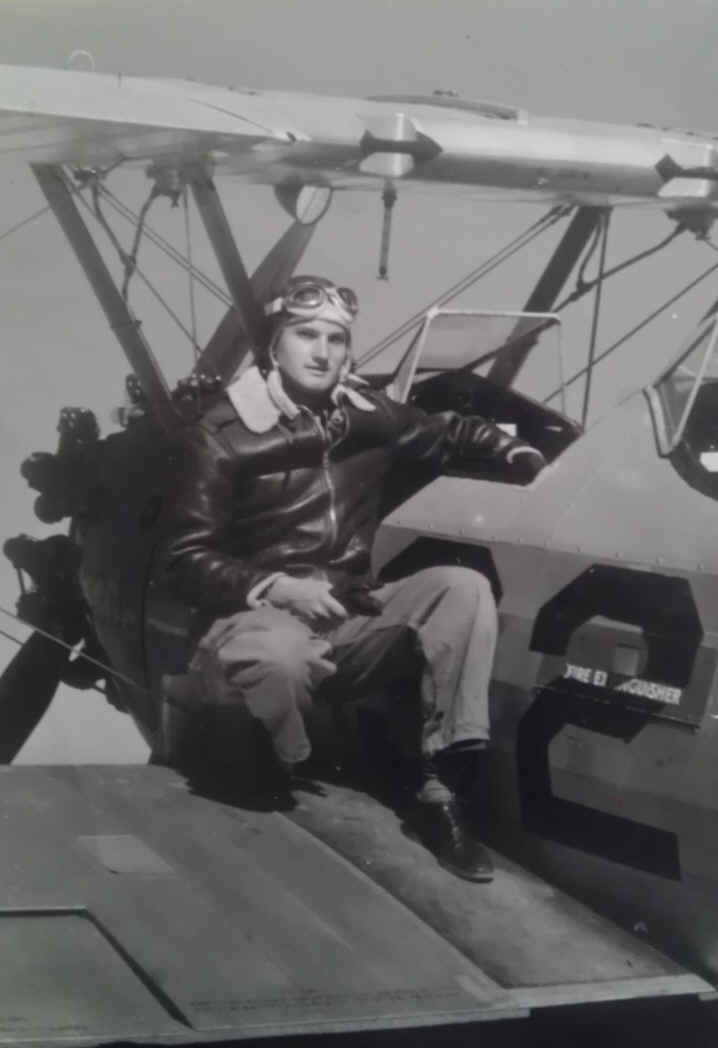
Frank
William Pritchard, my Dad c. 1943 in the army air
corp. He had not been aware that his name on his birth
certificate was Francisco, and the army had him sign
an affidavit that they were one and the same.
Apparently,
in reviewing this collection of family history, the
heritage is primarily Native American and Native
Mesoamerican, accounting for at least two thirds of
Ruth’s bloodline. As an avid, lifelong outdoorsman,
hiking, hunting, gardening and fishing, Dad’s
indigenous lineage doesn’t seem surprising. Hit hard
by the Great Depression and his father's death, he
joined the local kids in diving for abalone off the
Santa Monica beach. He proposed and married his
fishing buddy, some months after they met at St.
Monica's Catholic Church.
This
compilation of online data, including notations from
mission records, tells a story of the Borondas,
Higueras, Antunas, Buelnas, Castros, and Botillers,
beginning with men who ventured from Spain in the 17th
and early 18th
century. As soldiers, colonists, and maybe merchants,
details lost in time, they account for not more than a
fourth as a European bloodline. They sailed from Jerez
de la Frontera and Cadiz in Spain, disembarking in
Veracruz before colonizing westward over several
generations to Sinaloa, the base of the future
California explorations.
There
is also our family lineage from slavery in “Nueva
España”, abolished with the independence of
Mexico, but represented here by four male
descendants of African slaves who joined the
expeditions for a new life in Alta California. The
1790 census shows nineteen “mulato” soldiers in
Monterey, caste designations that tended to drift and
lighten over time. Surnames may have been adopted,
such as Vasquez, Rodriguez, and Briones; Father Tapia
was the slain founder of the mission in Culiacan.
Decades later “Don Tapia”, having relocated near
Mission San Gabriel, was a citizen “de razón”,
the highest citizenship for someone of mixed ethnicity
who is regarded as fully “español” in
lifestyle. His sons received massive land grants,
including Malibu/Topanga, part of southern Monterey
county, and Rancho Cucamonga.
The
colonial caste system ranked Spaniards the highest;
“indios” were next but with legal standing no
higher than minors. Since the Spaniards arrived as
single men, marrying the indigenous women, their
grandchildren were mostly “coyotes”, three fourths
“indios”, unless both parents were “mestizo”.
Those more “español” in a few generations
would have their “indio” lineage disregarded.
Black ancestry would hold individuals in the lower
castes, but “upgrades” were apparent in this
genealogy, possibly reflecting regard for the
individual or spouse, increasing status and wealth, a
need for the colonies to establish more “españoles”
to self-govern, or kindly leniency within this small
pioneering community. Maybe this was an early
indication that the Americas were shedding European
dominance in their new world.
And
this is a record of our foremothers, primarily from
the indigenous populations, the Mayan Cahita in
Sinaloa, Coca in Jalisco, Tlaxcala in Coahuila, and
Ohlone in Alta California, as the Spanish colonized.
The political directive was to populate new Spanish
colonies; a powerful church presence mandated that
couples be married and that wives be converted to
Catholicism. So we see them with the Christian names
given at baptism, with either no last name in Alta
California, or a reference to their Mexican origin,
e.g., Limon, Redondo, and Rocha. Genealogy projects
become stuck searching for prior generations as
northern mission records rarely recorded “gentiles”
data. We have only Yunen’s Ohlone name preserved due
to her documented defiance of the Spanish padres who
thwarted her elopement with Sebastian.
They
married young, averaging less than 15 years old among
those with known wedding dates, having large families
and taking in orphans. Husbands were mostly decades
older and some would be considered pedophiles in
modern views. A 13 year old Gertrudis marries 40 year
old Manuel. Joaquin is a 61 year old widower when he
takes a second 14 year old bride, Rosario. Multiple
marriages were common as dying young was not uncommon.
Overall, for the era they lived in, longevity seems
good in this family.
Our
forefathers were soldiers, serving ten year
enlistments, some for several decades, often delaying
marriage until a family was affordable. Unlike the
Catalonian Volunteers, the “Blue Jackets” from
Spain, they were “solderos de cuero”, recruited
among the creollo sons of the new world, and named for
the multi-layered leather jackets designed to
withstand arrows. During the Spanish war with England,
1779-1783, they fought back occupation of the west
coast; eleven are recognized as veterans by the Sons
of the American Revolution. *SAR
On
learning of the east coast’s revolution, they took
up a collection to send to their militia.
Advancement
seemed mostly for those with higher “español”
caste designations; some more accomplished profiles
suggest having a father who was a Spaniard. Carpenter Manuel
Boronda, first seen in 1785 outside Santa Barbara
after working for the Spanish navy in San Blas,
probably as a shipbuilder, was listed among the
presidio’s rich with three head of stock in 1793. He
built the first adobe home outside the presidio and
founded the school Tularcitos, where he taught
reading, writing and catechism. In 1795 he was granted
rancho El Tucho, burned by Indians the same year. He
served over privates in an expedition from Santa Clara
Mission to recapture escaped Indians in 1795. However,
Manuel Rodriguez, from humble birth, was similarly a
very early California resident, hired as a master
carpenter at several missions, with five cows and
pasture rights in Santa Barbara by 1785. He also went
on to enlist, became a corporal, and taught school
in Monterey in 1796. He and his bride were both
“mestizo” in their 1785 marriage document. More
than any other ancestors, these two Manuels had an
apparent closeness with Father Serra and likely knew
each other well. Don Rodriguez was still living when
his granddaughter married Jose Eusabio Boronda.
We
are prominent in the Anza expedition, the
“Mayflower” heritage of the West. Struggling
family men accepted provisions and the promise of
land, trudged months through desert and rough terrain,
and served in the militia. Eight, including their family,
came even earlier.
These
fifty five names represent a diverse eighteenth
century heritage, each with a story that sometimes
peeks through the data, as we see Californian
“Spaniards” emerging from the diversity:
***Young
Antonia Tapia, at age thirteen, joined the Anza
expedition with her family and new step-mother. There
had been a flurry of marriages with girls as young as
twelve as Anza required that the settlers have
families. On their arrival in Monterey, she was
married to a thirty-five year old “español”
soldier by Father Junipero Serra, in his earliest
wedding for the Alta California settlers. Her status
changed to “india”, unlike her sister who retained
the “mulata” designation. Their son was elected
alcalde of Branciforte, later part of Santa
Cruz. Antonia was eulogized on her burial record as
“razón”:
“They had many children, even more
grandchildren, and she knew her great
grandchildren.”
***Young Manuel Rodriguez, at age fifteen, was
recruited personally by Father Serra in Guadalajara
and accompanied him on his first trip to Alta
California. The orphan of a slave and his “India”
wife, he became a cavalry corporal of the American
Revolution, teacher, and master carpenter at the
Monterey Presidio. He often served as witness when Fr.
Serra officiated and ultimately crafted his simple,
redwood coffin. One of his twelve children married
Antonia’s son, becoming first lady of this early California
settlement.
Eleven
remain nameless and needed to complete this five
generation project; five were only named as parents
with no available details. So this continues as a work
in progress. Family histories are fraught with errors
and embellishments so information was investigated as
best as possible. I find no evidence that Manuel came
from Spain with a son who was Father Serra’s altar
boy. I surmise that this was Manuel Boronda’s
grandfather José
who
brought his son from Spain following the death of
Maria Avendaño. Manuel was Father Serra’s
sacristan which is probably the origin of the altar
boy story.
The
Huntington Library and the National Park Service
banked mission records and uploaded original
documents. A fire in 1790 destroyed many Sinaloan
church records. Military census records are flawed
with interpretations, misspellings and misstatements.
Various historical books seem to have well supported
details, and online family accounts, such as Ancestry,
Somos Primos, and Find a Grave, are useful
as a starting point for researching primary
sources, clarifications and corrections. Documented
additions and corrections are welcome. I have spelled
and formatted information for modern times and for the
first four pages to assemble into a wall chart. I hope
readers enjoy my project.
Suzanne
Pritchard, August 26, 2016
Revised
with my personal account, in honor of “Grandma
Ruth”, 51 years after her death
1769-1800
Expeditions
from Hough’s Spain’s California Patriots,
Wikipedia and other online resources
A.
Rivera
:with Fr. Crespi March-May,
1769: 400 miles from Velicata, Mission La Purisima to
San Diego
Gaspar
de Portola: Loreto 3/9/1769 Overland with Fr. Junipero
Serra “Sacred Expedition”
7/14/1769
departed San Diego with Fr. Crespi and 74 men for
Monterey Antonio
Briones, finding San Francisco, returning
1/29/1770. 4/17/1770 departed San Diego with Fr.
Crespi to 5/24/1770 Monterey
Fr.
Serra had remained to found M. San Diego then
4/16/1770 sailed to Monterey, arriving 5/31/1770
January-March
1774 Juan Bautista de Anza’s preliminary
expedition:
B.
Rivera's Recruits for Monterey and Their Families. The
second group to come to Alta California in 1774
included recruit replacements for Monterey, some with
families. This soldier recruit list was published by
Los Californianos in its Vol 4, #5, May and June 1972
issue of "Noticias para Los Californianos."
The soldier list follows, rearranged in alphabetical
order. The number before each soldier is the number of
persons in his family. No list of the families has
been found, but one can be suggested from the known
wives and children old enough to travel. Asterisks
have been added for those who continued in service
into Spain's War with England, 1779-1783. 3....Atuna,
Jose Manuel de* 3...
.Buelna, Joseph Antonio* 4...
.Yguera, Joseph Manuel*
51 total
From
Bancroft's Pioneer Register, and from Maria Northrop's
volumes, we can state that some of the family members
of the above soldiers included:
*
Atuna, Jose Manuel
de. The persons with this soldier have not been
identified. (
*Buelna,
Joseph Antonio. It is not clear who the persons
were with this soldier. Northrop does not show he was
married until 1776. . (Mother
and sister or paternal aunt, Gertrudis Buelna?)
*Yguera/Higuera,
Jose Manuel
was accompanied by his wife Maria
Ignacia Antonia Limon Redondo/Arredondo
and their first child Juan Jose Manuel Higuera.
Others
who came before 1774. In Bancroft's Pioneer Register,
additional names for those who arrived 1769-1773
included some who came overland from Baja California
and others who came by supply ship. When each new
mission was established, more padres and servants
would be required. There were also soldier
replacements who came. In the autumn of 1771, twelve
soldiers from Guayamis arrived at San Diego, ten of
whom were sent to Monterey. When Mission San Gabriel
was founded, Governor Barri of Baja California sent 21
more soldiers. This brought the total up to 82, and
Viceroy Bucarillo promised 18 more to bring the total
up to 100. Whether or not these 18 were sent is not
clear. Bancroft and others show additional names:
Rodriquez,
Manuel, carpenter
C.
Anza's Expedition of 1775/76.
In the third group, 240 settlers travelled 1200 miles
from Horcasitas, Sinaloa 9/29/1775 to Presidio Monte
Rey 3/10/1776.Moraga June
1776 led the settlers to found the presidio at San
Francisco: *De Castro,
Joachin Isidro 40, recruit, wife Maria
Martina Bottiler 40, ch: Ignacio Clemente 22;
Josef Mariano 14;
Josef Joachin 7; Francisco 5; Francisco Antonio
9; Carlos Antonio 6 mo; Anna Josefa 18; Maria
Encarnacion 8; Maria Martina 4. Higuera/Iguera,
Ignacio Anastacio 18, poblador. ??:*Tapia,
Phelipe Santiago 39, recruit, wife Juana Maria
Cardenas, ch: Josef Bartholome 11; Juan Josef 9; Josef
Cristoval 8; Josef Francisco 7; Josef Vittorio 6 mo;
Maria Rosia 1 3; Maria
Antonia 12; Maria Manuela 6; Maria Izidora 5.
*
Vasquez, Juan Athanacio 40,
recruit, wife Maria
Gertrudis Castelo 25, ch: Juan Tiburcio 20; Josef
Antonio
8; Pedro Joseph 7.
December
1779 Viceroy Bucareli and Commandant General de la
Croix approve Governor Felipe de Neve's proposal to
found the settlements of Los Angeles and Santa
Barbara.
December
27, 1779 Commandant General de la Croix writes Don
Fernando Rivera Y Moncada, Lt. Governor of the
Californias, to oversee recruitment of colonists for
the new settlements.
November
1780 Rivera Y Moncada achieves his recruiting goal for
soldiers (for escort & garrison duties) but has
only signed up 14 settlers from Sinaloa and Culiacan.
Two settlers subsequently change their minds and
disappear. The decision is made to proceed with the 12
remaining settlers and their families.
February
2, 1781 The first contingent of settlers and their
families and an escort of 17 soldiers set out from
Alamos, Sinaloa, by sea. Their destination is Loreto,
Baja California.
March
12, 1781 A smallpox outbreak forces some of the party
to recuperate in Loreto while healthier members
proceed up the Baja coastline to Bahia de San Luis and
then to San Diego.
June
9, 1781 The first members of the party,July 14, 1781,
a second group of the party, and August 18, 1781, the
final party of settlers, minus one, arrive at the
Mission San Gabriel Arcangel. The 12th settler, having
been delayed in Baja California due to illness from
smallpox, is diverted to the Presidio in Santa Barbara
upon his eventual arrival in Alta California in 1782.
September
4, 1781 El Pueblo de la Reina de Los Angeles* is
established by Governor Felipe de Neve
D.
Others.
Names of others who came can be developed from those
who have studied the period, 1780-1790. Some of the
soldiers may have enlisted after the 1782 rosters but
before September, 1783. These include: soldier
Boronda,
Manuel,
Lorenzana
orphans
November, 1799 left Mexico City for a 400 mile trek to
San Blas, then sailed the Concepcion to
Monterey, August 24, 1800.
Baja
California Missions
MLA
Santa Maria de los Angeles
NSG
Nuestra Señora de Guadalupe
Loreto
Presidio Real Capital of California until1777
SFB
San Francisco de Borja
SGD
Santa Gertrudis
SM
= San Miguel/ ST
= Santo Tomas/ SY
= San Ygnacio / SV
= San Vicente/
TDS
= Todos Santos
Alta
California Missions
LPC
La Purisima Concepcion
SAP
San Antonio de Padua
SB
Santa Barbara
BP
Santa Barbara Presidio
fourth
SBV
San Buenaventura
SC
San Carlos Borromeo de Carmelo
Monterey Presidio/
Alta Calif capital 1814 customs house
SD
San Diego Mission
and Presidio
SCZ
Santa Cruz
SFD
San Francisco de Asis Mission
and Presidio
SFR
San Fernando
SFS
San Francisco Solano
Sonoma
SG
San Gabriel Arcangel
SGL
San Gabriel Arcangel-Los Angeles Plaza Chruch
(marriages only)
SI
Santa Ynes
SJB
San Juan Bautista
SJC
San Juan Capistrano
SJS
San Jose
SLD
Nuestra Señora de la Soledad
SLO
San Luis Obispo
SLR
San Luis Rey
SMA
San Miguel Arcangel
SRA
San Rafael
LA
= Los Angeles Plaza Church
Settlements:
Branciforte ,
San Jose,
Los Angeles
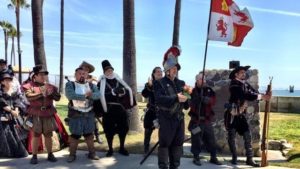 The
Battle of San Diego Bay will be celebrated on
Saturday, April 22nd between 12:00 Noon and 4:00 PM at Naval Base
Point Loma. The event is sponsored by the Naval Base and the House of
Spain (HOS).
The
Battle of San Diego Bay will be celebrated on
Saturday, April 22nd between 12:00 Noon and 4:00 PM at Naval Base
Point Loma. The event is sponsored by the Naval Base and the House of
Spain (HOS).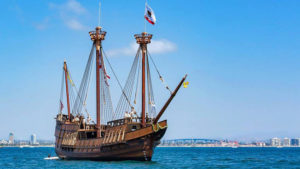 Caught
attempting to smuggle sea otter pelts out of San Diego Bay in
violation of Spain’s blockade against foreign trade, the Americans
and Spaniards exchanged a spectacular cannon duel across the waves.
With only minor damage, the crew of the Lelia Byrd escaped serious
injury when favorable winds escorted them away from the line of fire.
Caught
attempting to smuggle sea otter pelts out of San Diego Bay in
violation of Spain’s blockade against foreign trade, the Americans
and Spaniards exchanged a spectacular cannon duel across the waves.
With only minor damage, the crew of the Lelia Byrd escaped serious
injury when favorable winds escorted them away from the line of fire.
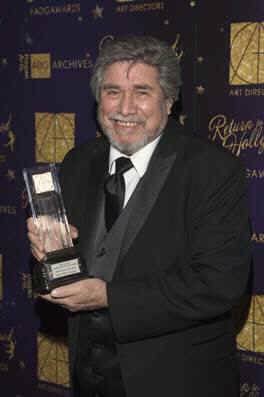
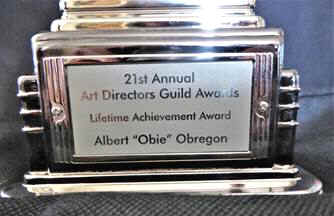
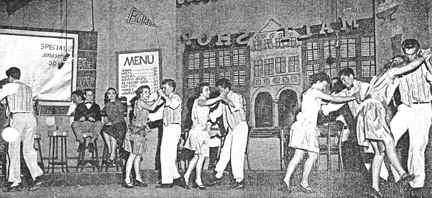
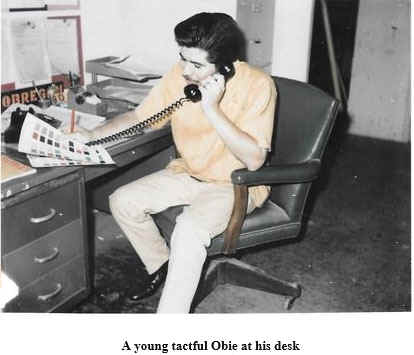
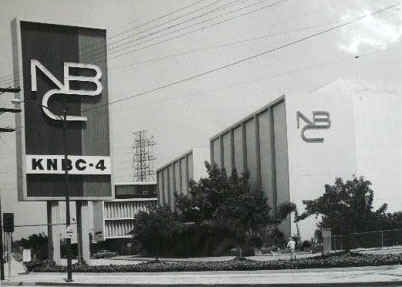
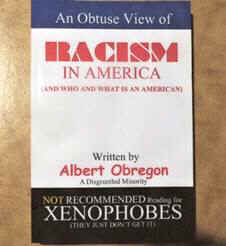
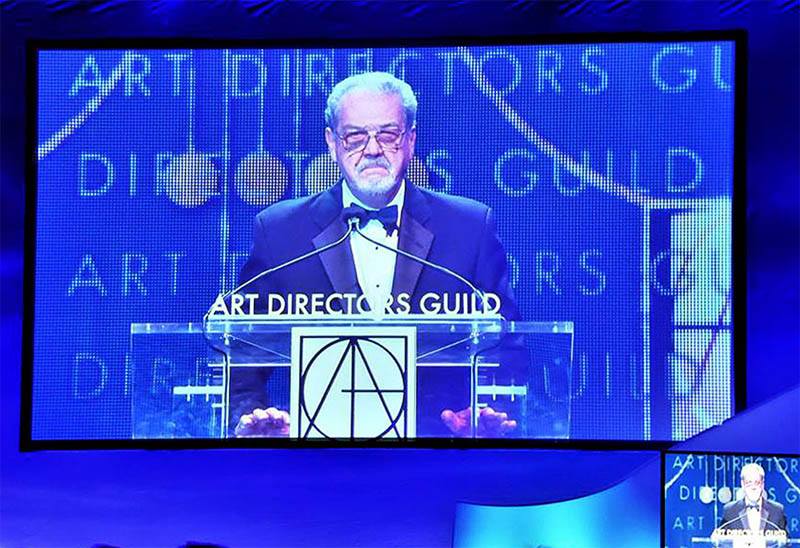
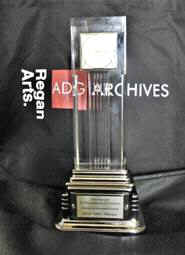
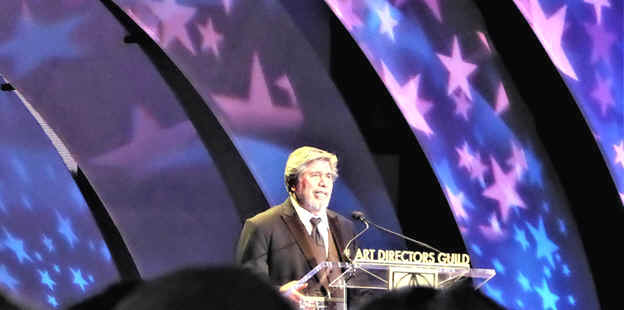
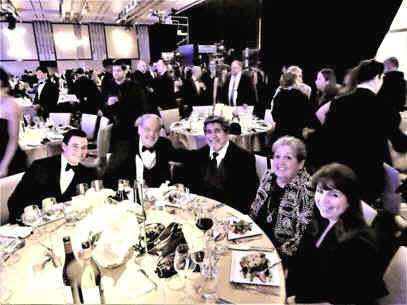
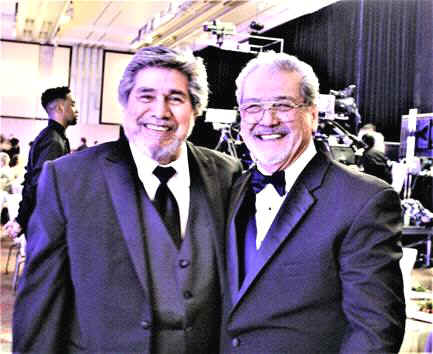
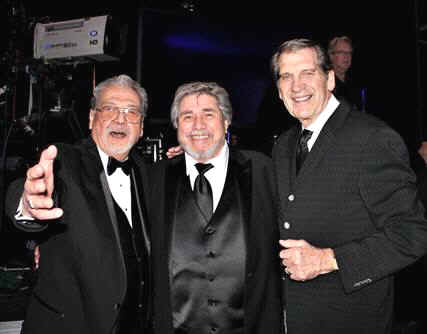
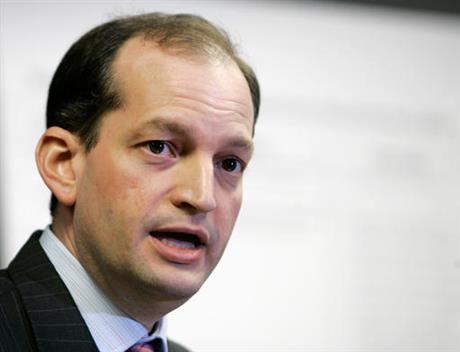
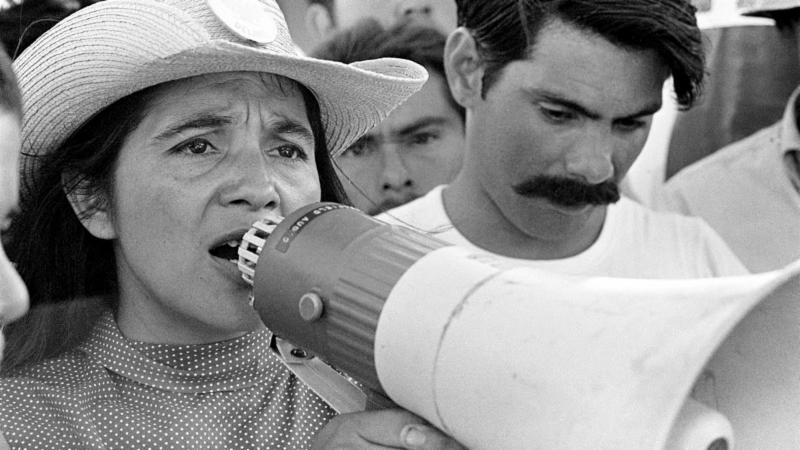
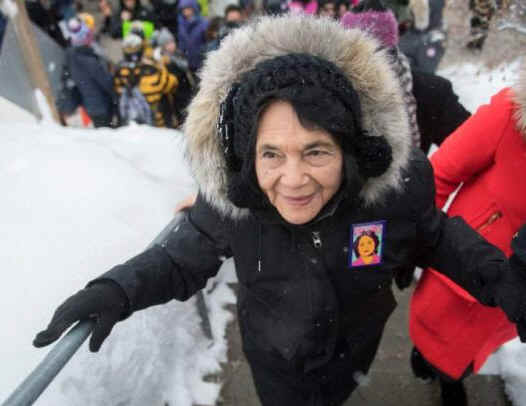

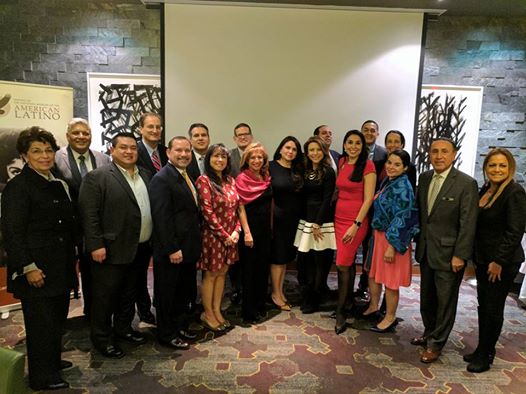
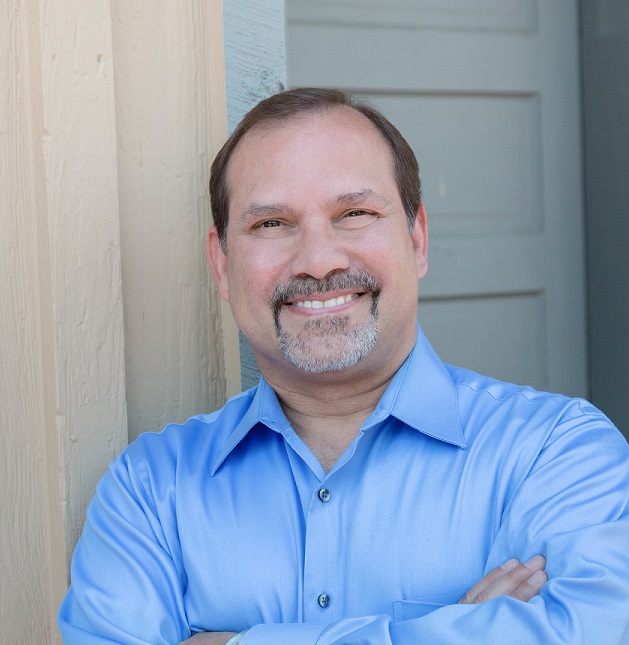



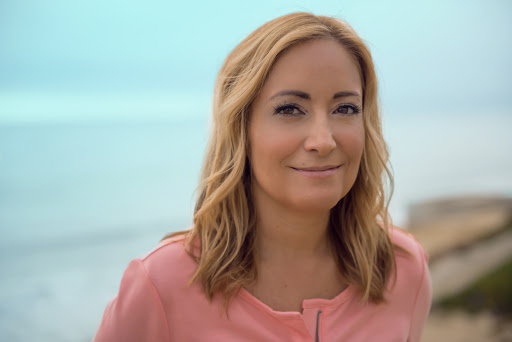

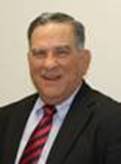
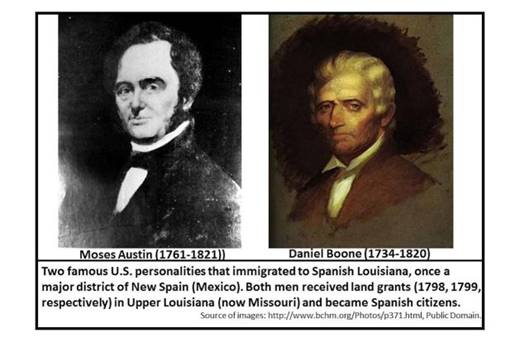



 Dear Mrs. Lozano Holtzman,
Dear Mrs. Lozano Holtzman, 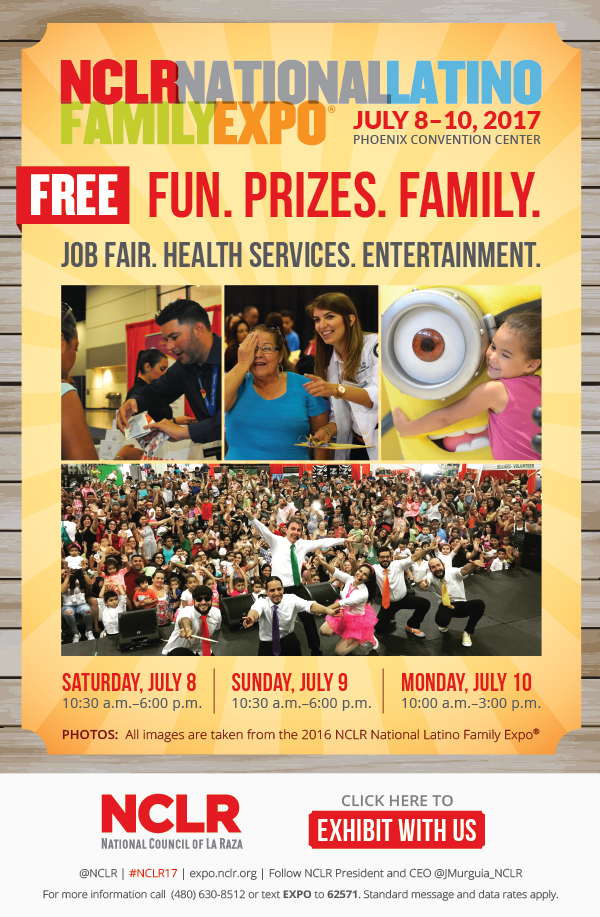
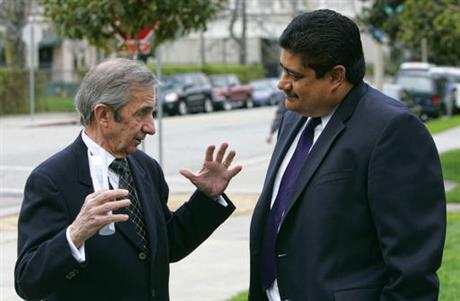 Anthony Marquez,
(on the right side in photo) an Associated Press intern who rose
to Los Angeles bureau chief where his calm hand brought stability to
AP's news coverage in Southern California amid titanic changes for
the journalism industry, has died. He was 55.
Anthony Marquez,
(on the right side in photo) an Associated Press intern who rose
to Los Angeles bureau chief where his calm hand brought stability to
AP's news coverage in Southern California amid titanic changes for
the journalism industry, has died. He was 55.
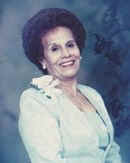
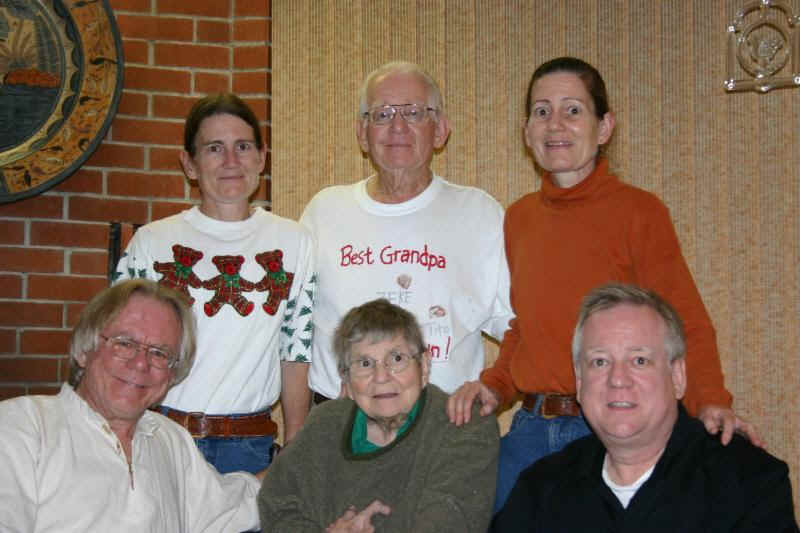
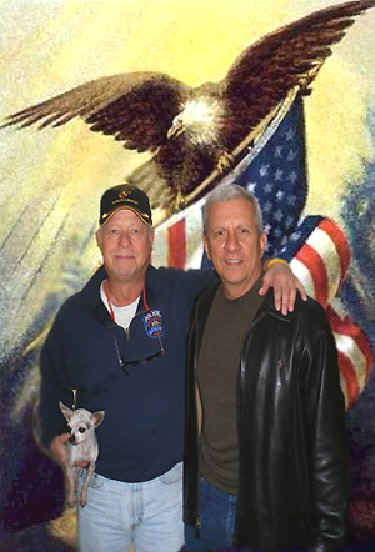
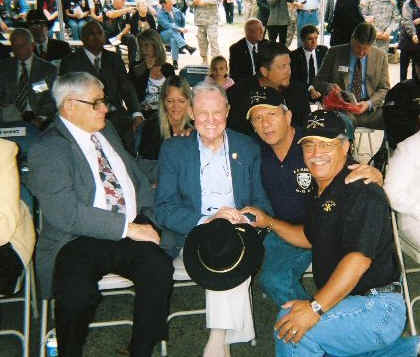
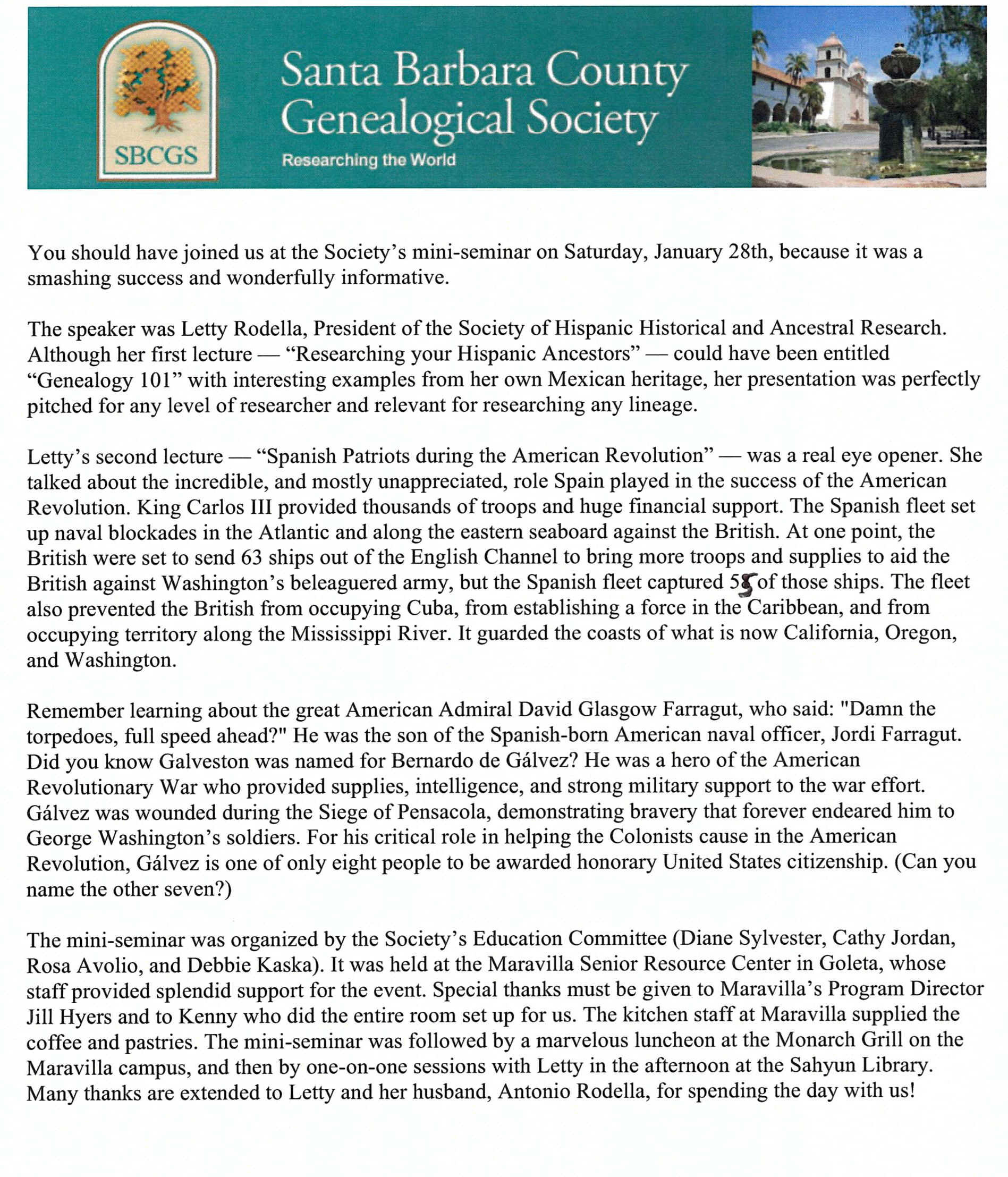
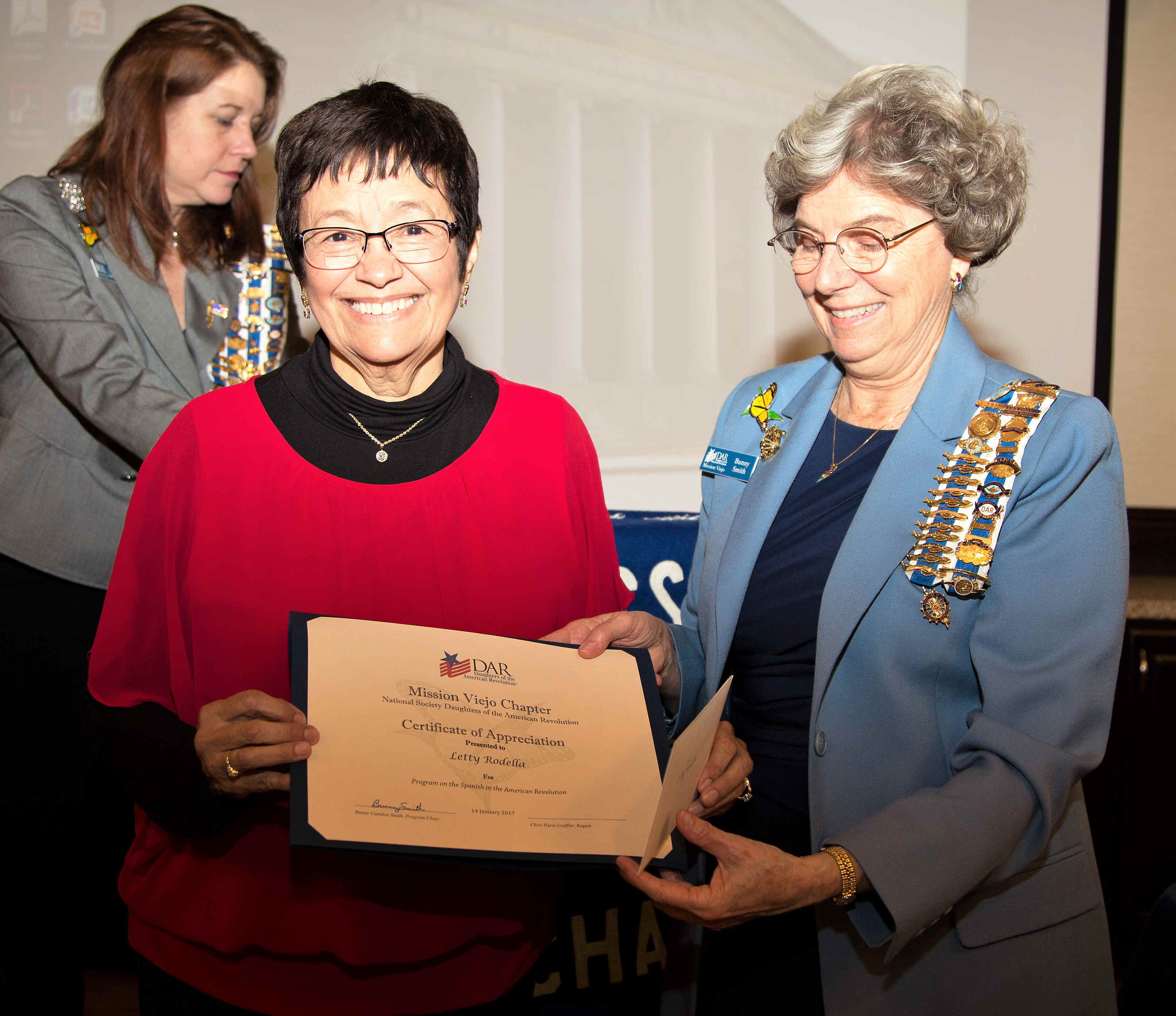
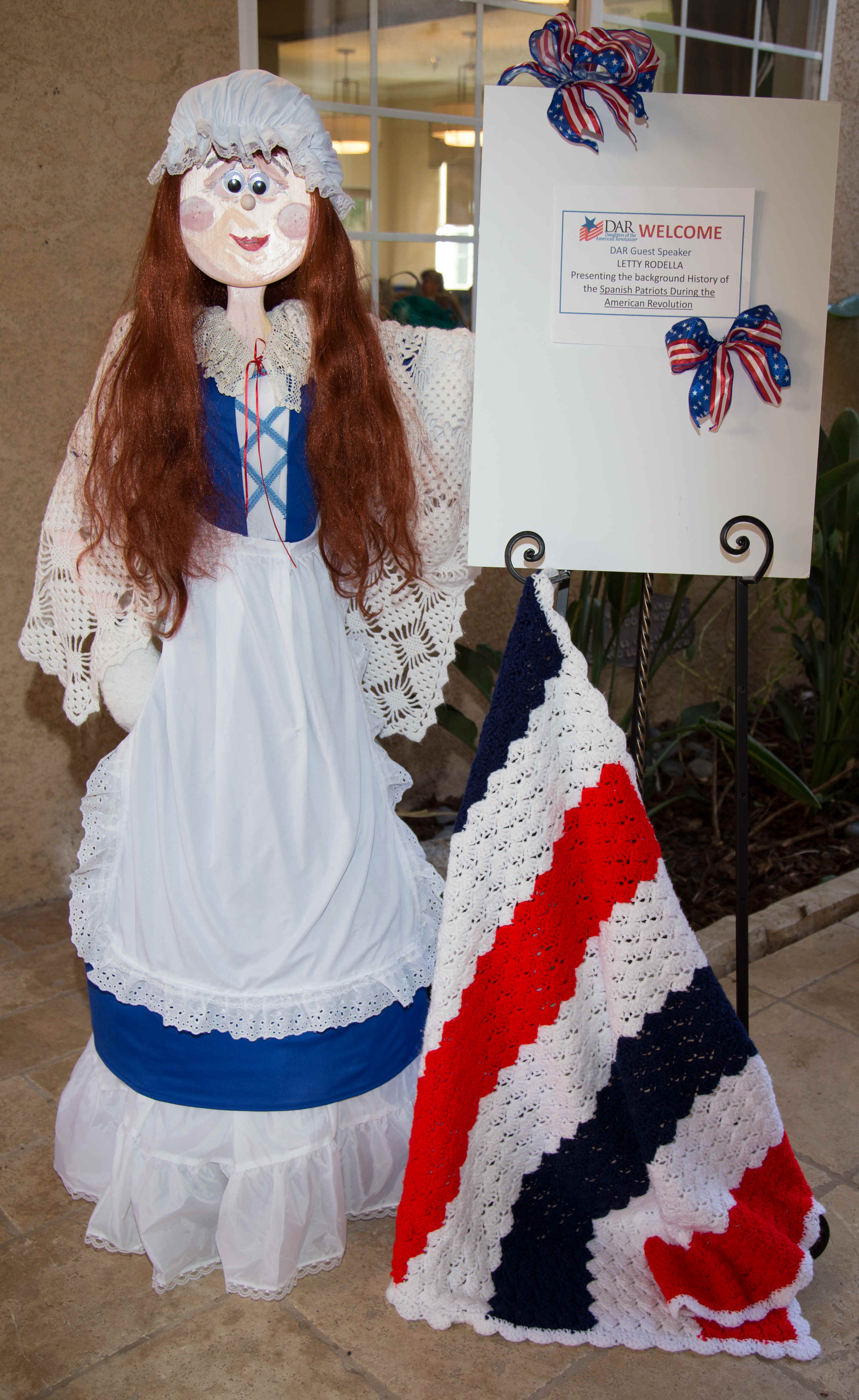
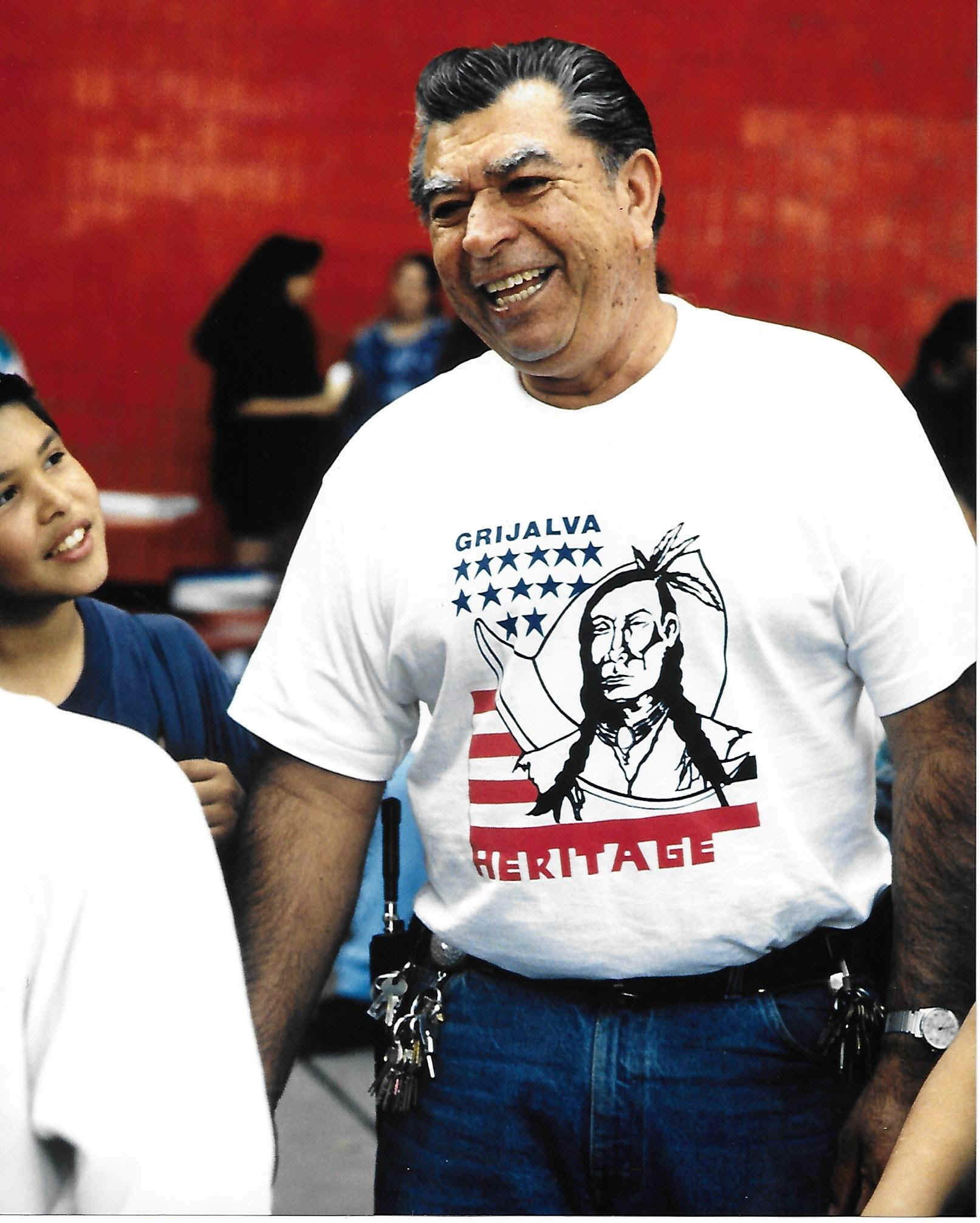
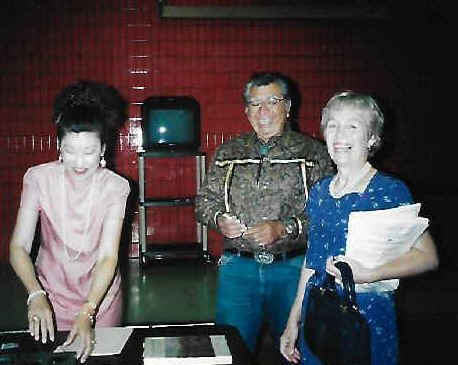
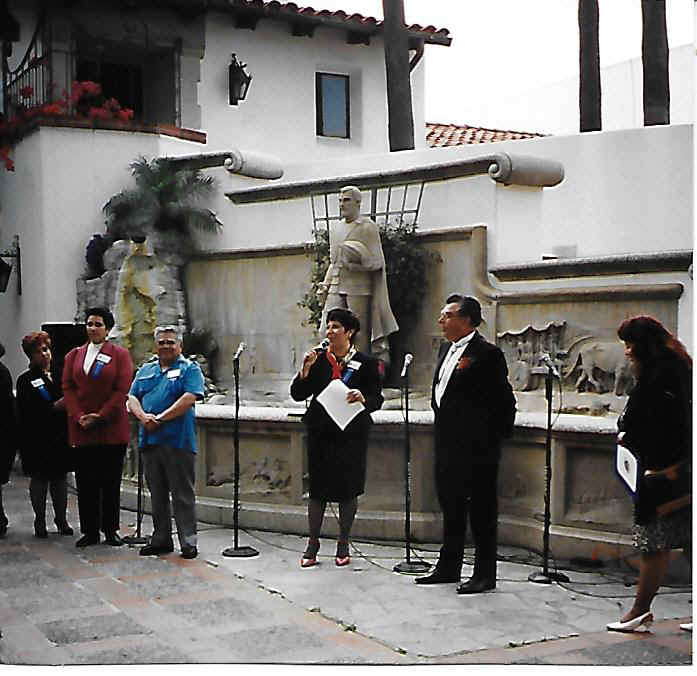
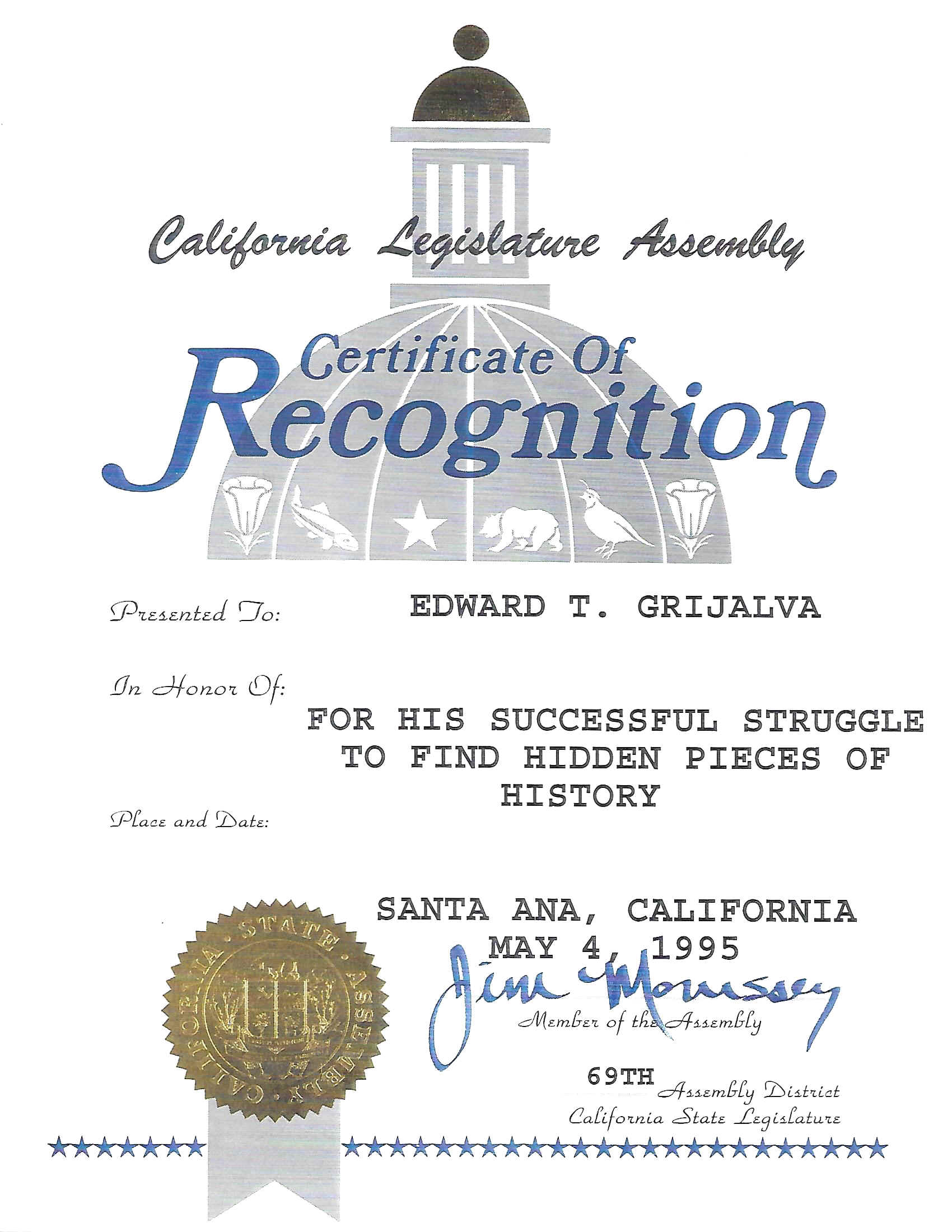
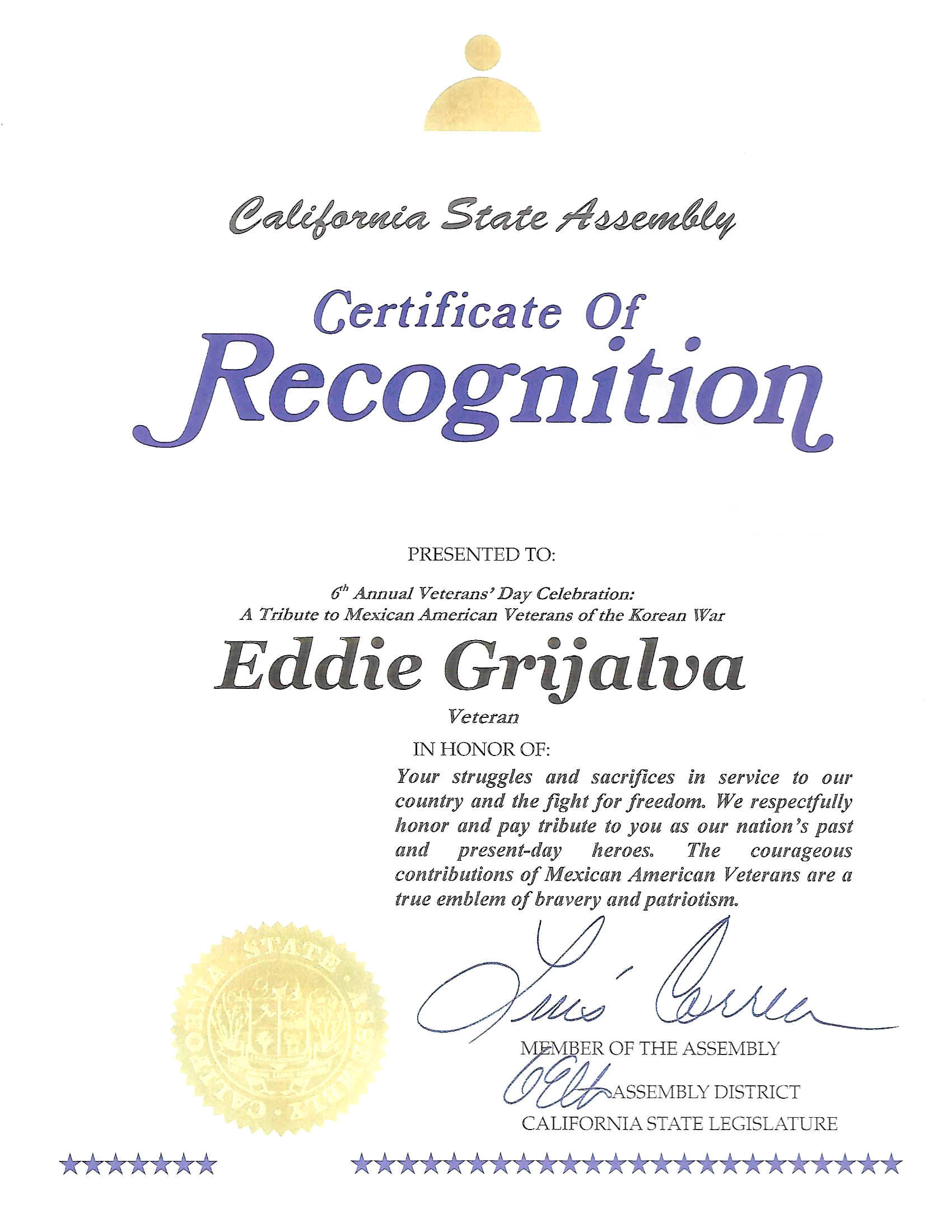

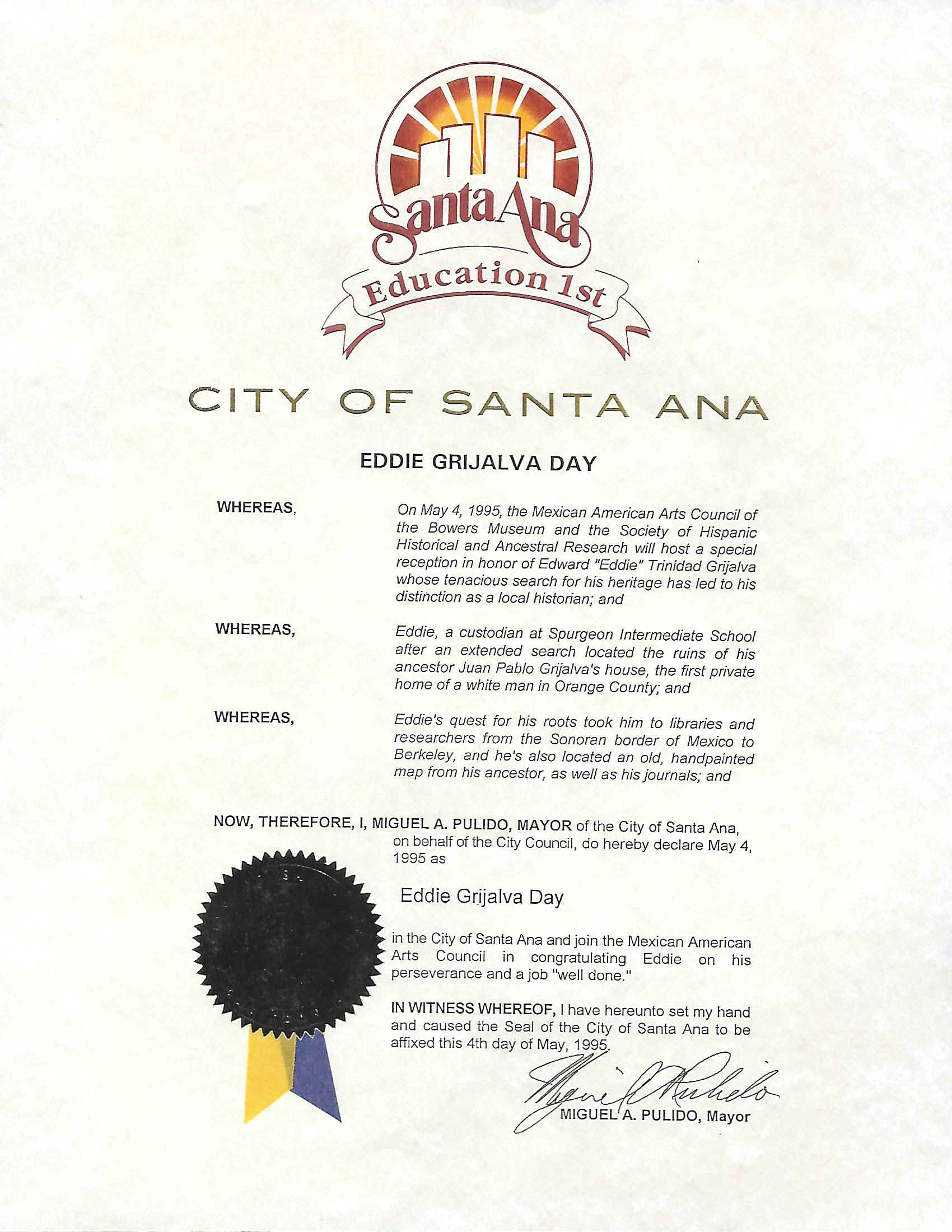
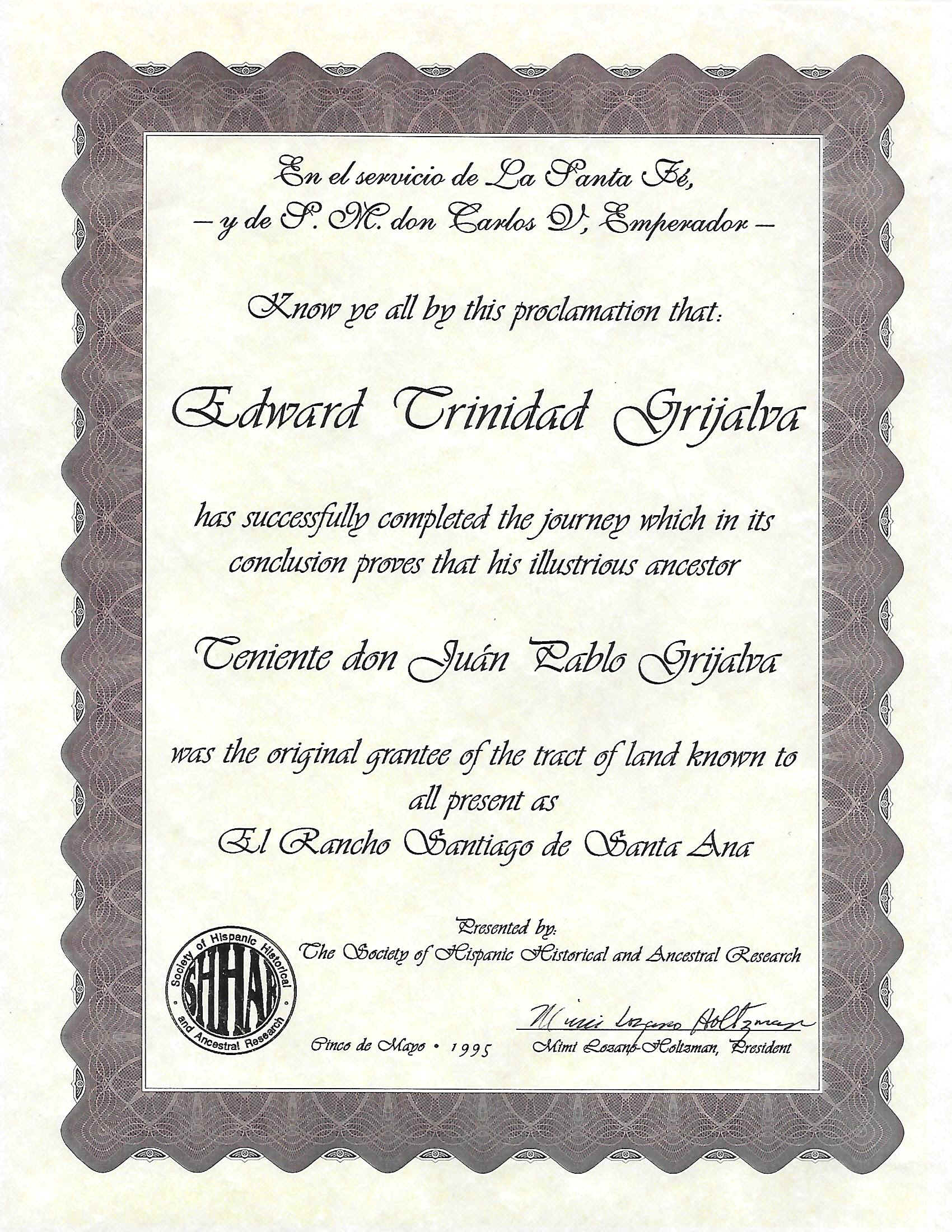
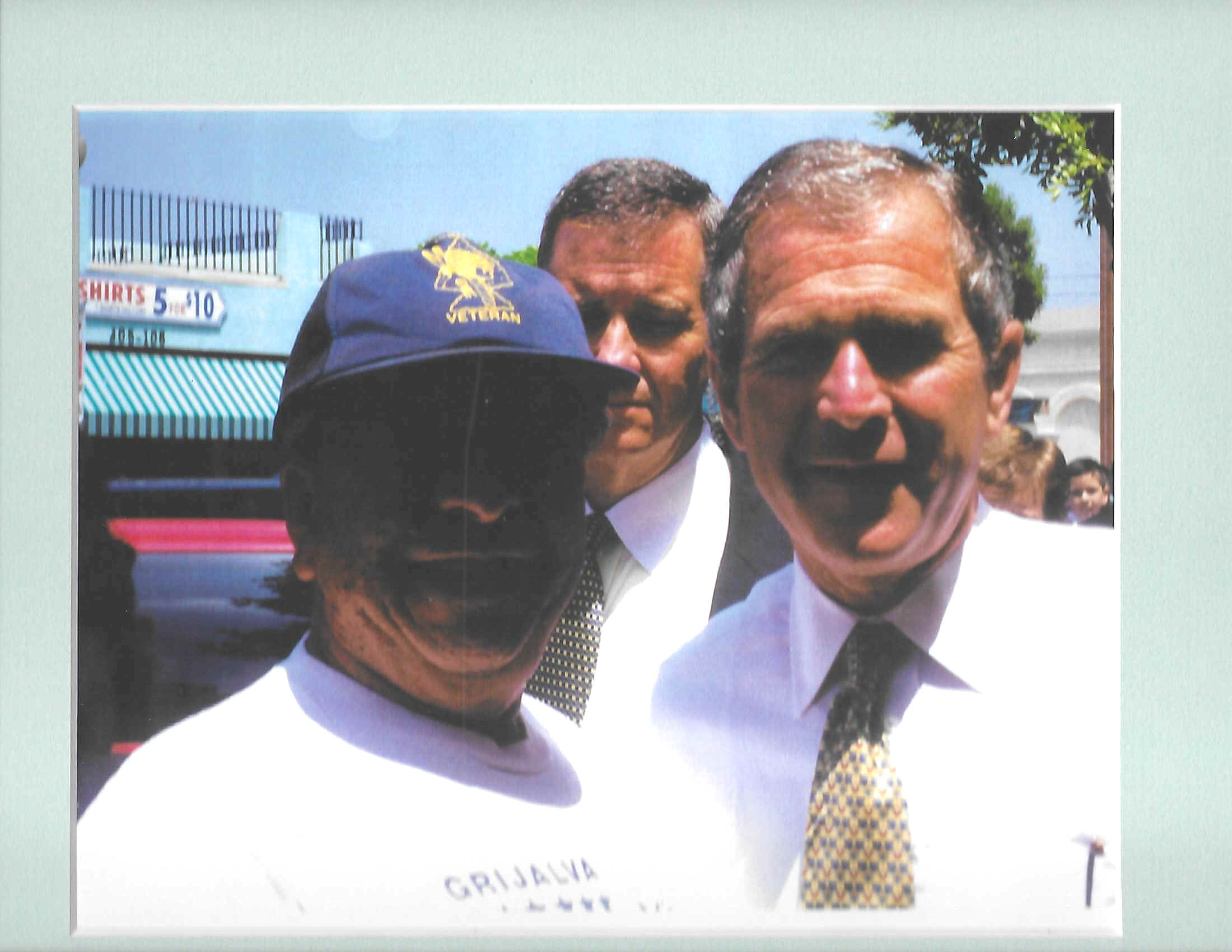
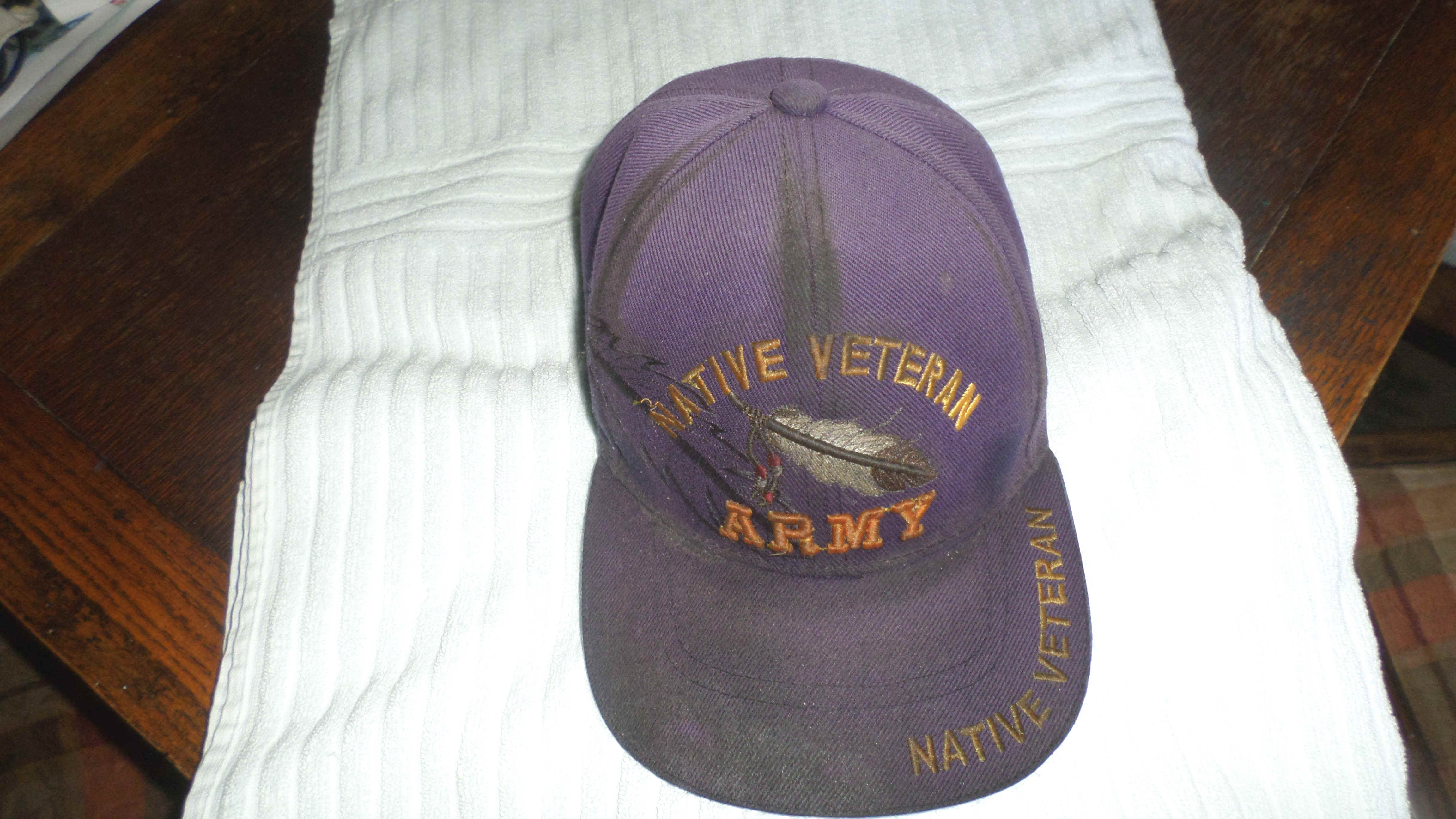
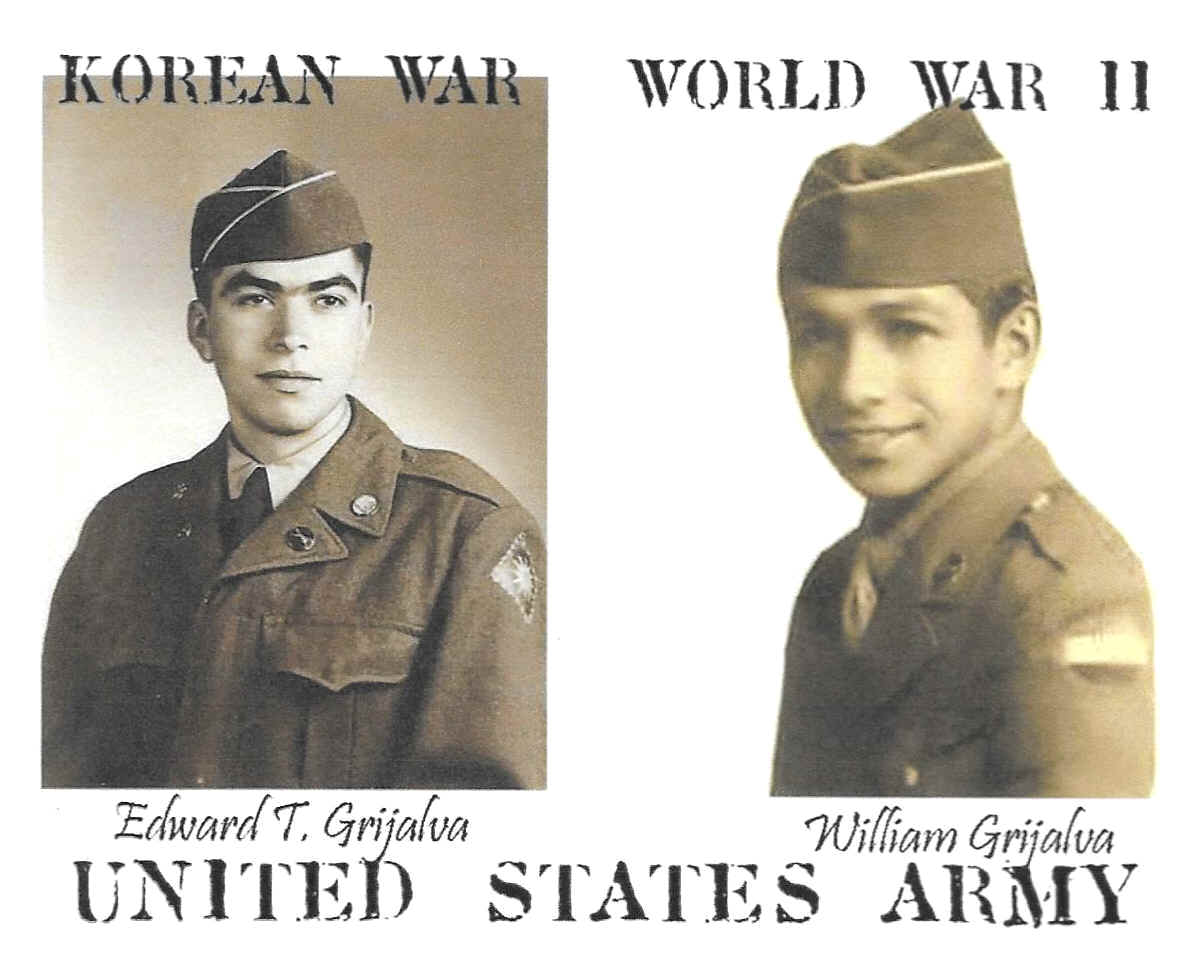
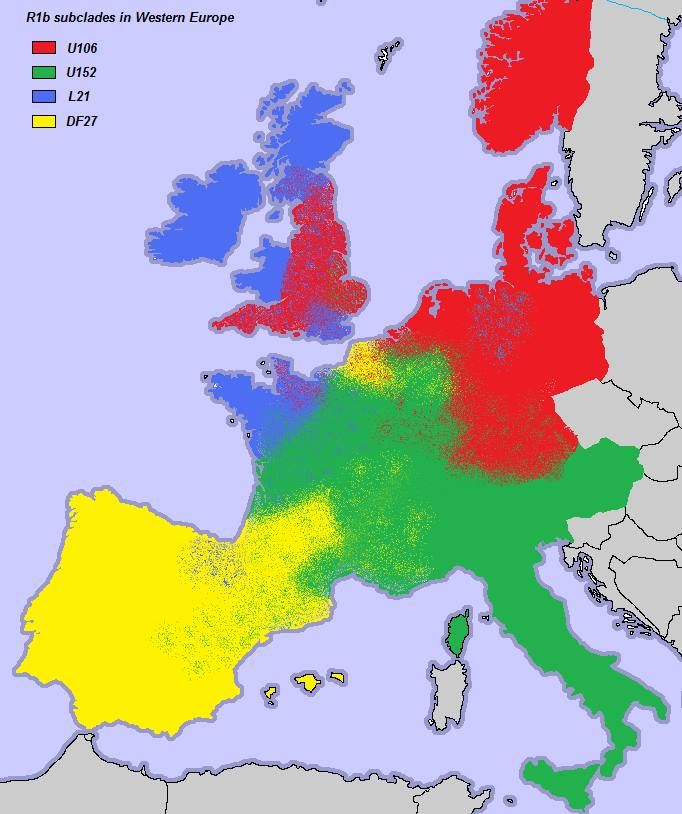

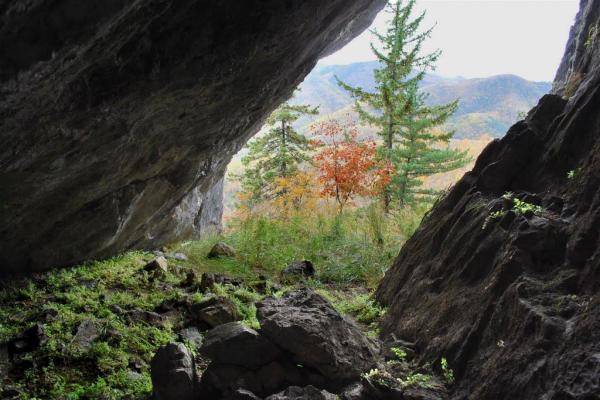

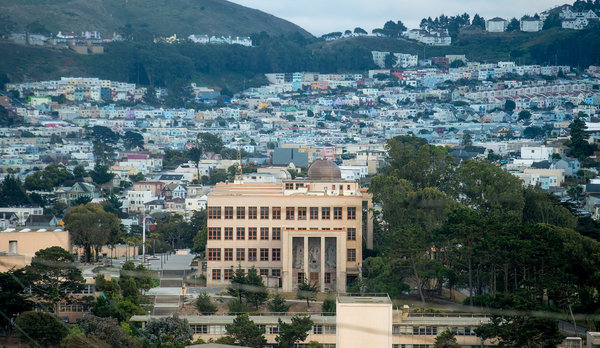
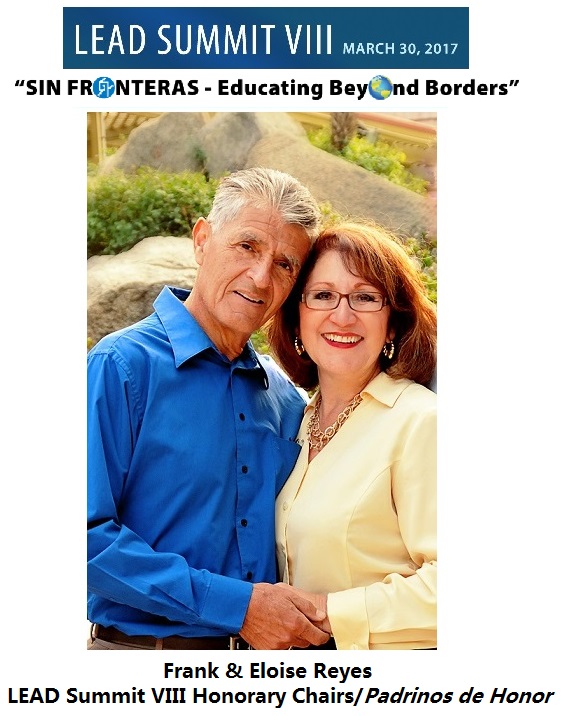




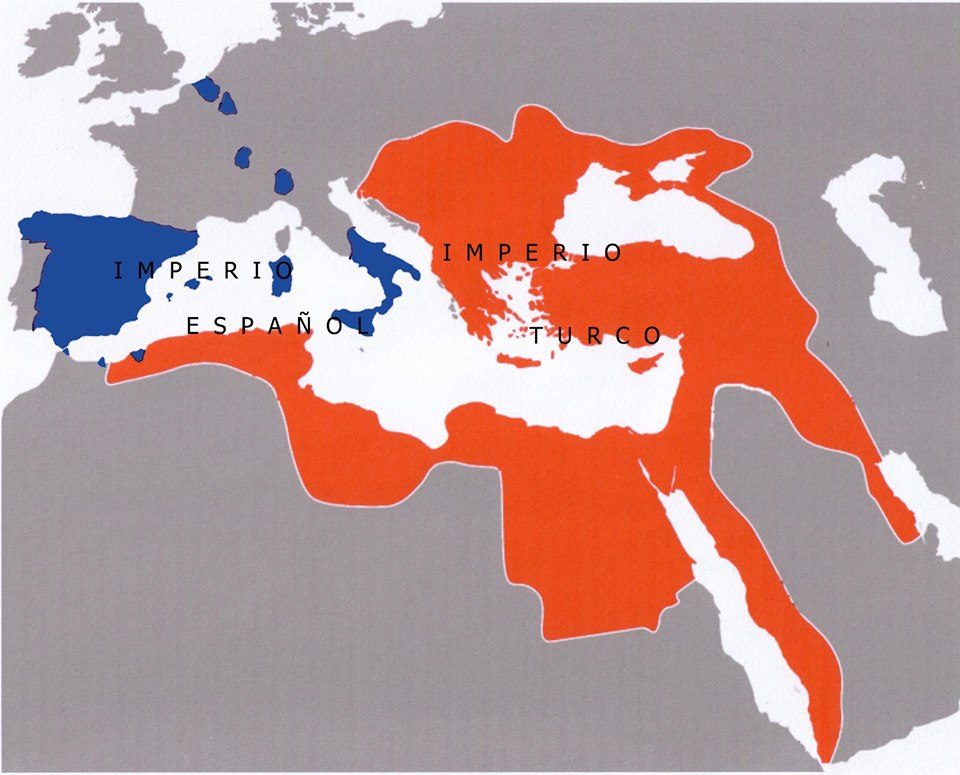
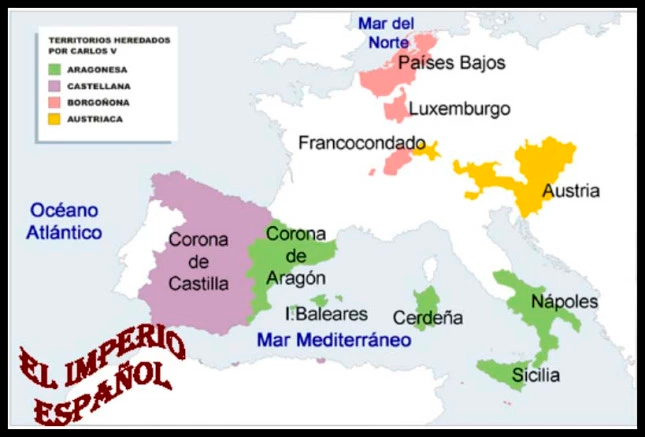
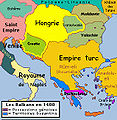
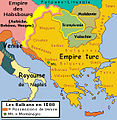
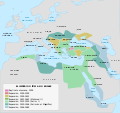
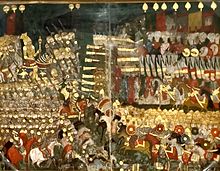 La Batalla de Mohacs (1526) en una miniatura turca.Si bien los Habsburgo fueron ocasionalmente reyes de Hungría
(además de archiduques de Austria y emperadores del Sacro Imperio Romano Germánico), no fueron protagonistas de las guerras contra los otomanos hasta el siglo XVI. Ese papel correspondió hasta entonces a otras dinastías húngaras
(Jagellón, Hunyadi), así como a las demás nacionalidades del complejo mundo balcánico
(alemanes, serbios, croatas, albaneses, transilvanos, moldavos, valacos, búlgaros,
griegos, etc.), entre las que destacaron líderes anti-turcos como Vlad
Tepes.
La Batalla de Mohacs (1526) en una miniatura turca.Si bien los Habsburgo fueron ocasionalmente reyes de Hungría
(además de archiduques de Austria y emperadores del Sacro Imperio Romano Germánico), no fueron protagonistas de las guerras contra los otomanos hasta el siglo XVI. Ese papel correspondió hasta entonces a otras dinastías húngaras
(Jagellón, Hunyadi), así como a las demás nacionalidades del complejo mundo balcánico
(alemanes, serbios, croatas, albaneses, transilvanos, moldavos, valacos, búlgaros,
griegos, etc.), entre las que destacaron líderes anti-turcos como Vlad
Tepes.
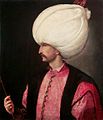



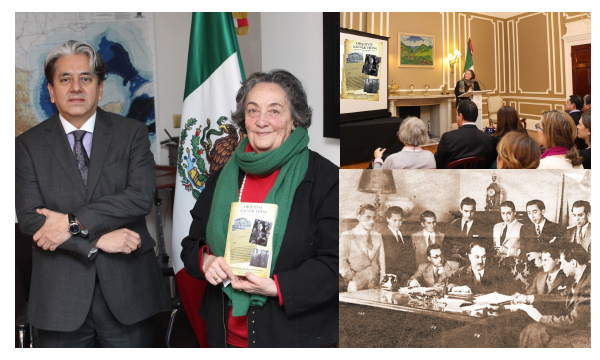

 George Washington's Secret Ally,
by Judge Ed Butler
George Washington's Secret Ally,
by Judge Ed Butler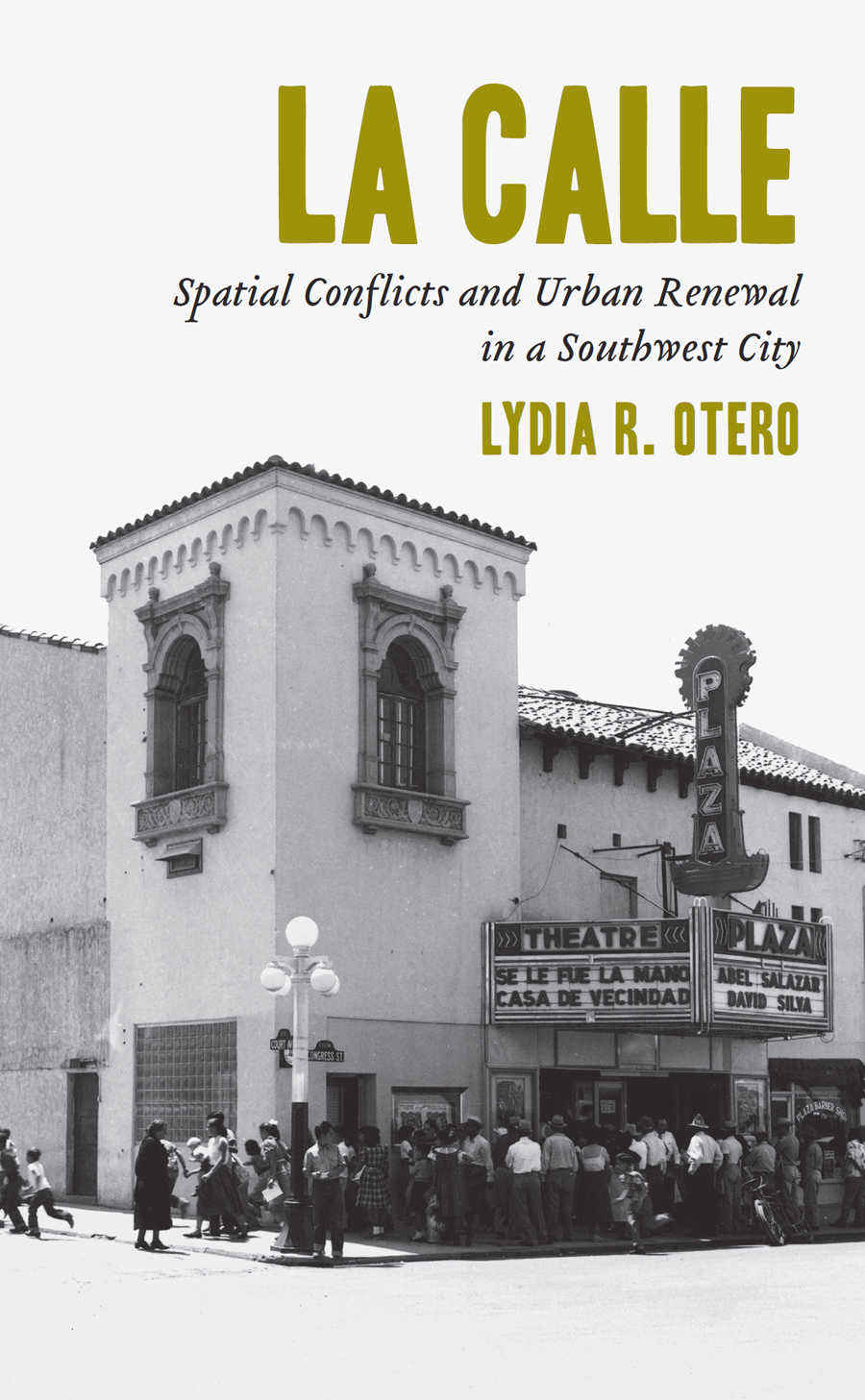


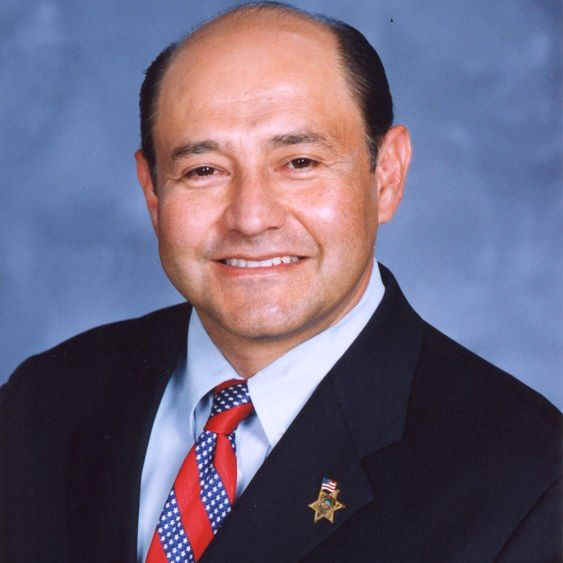
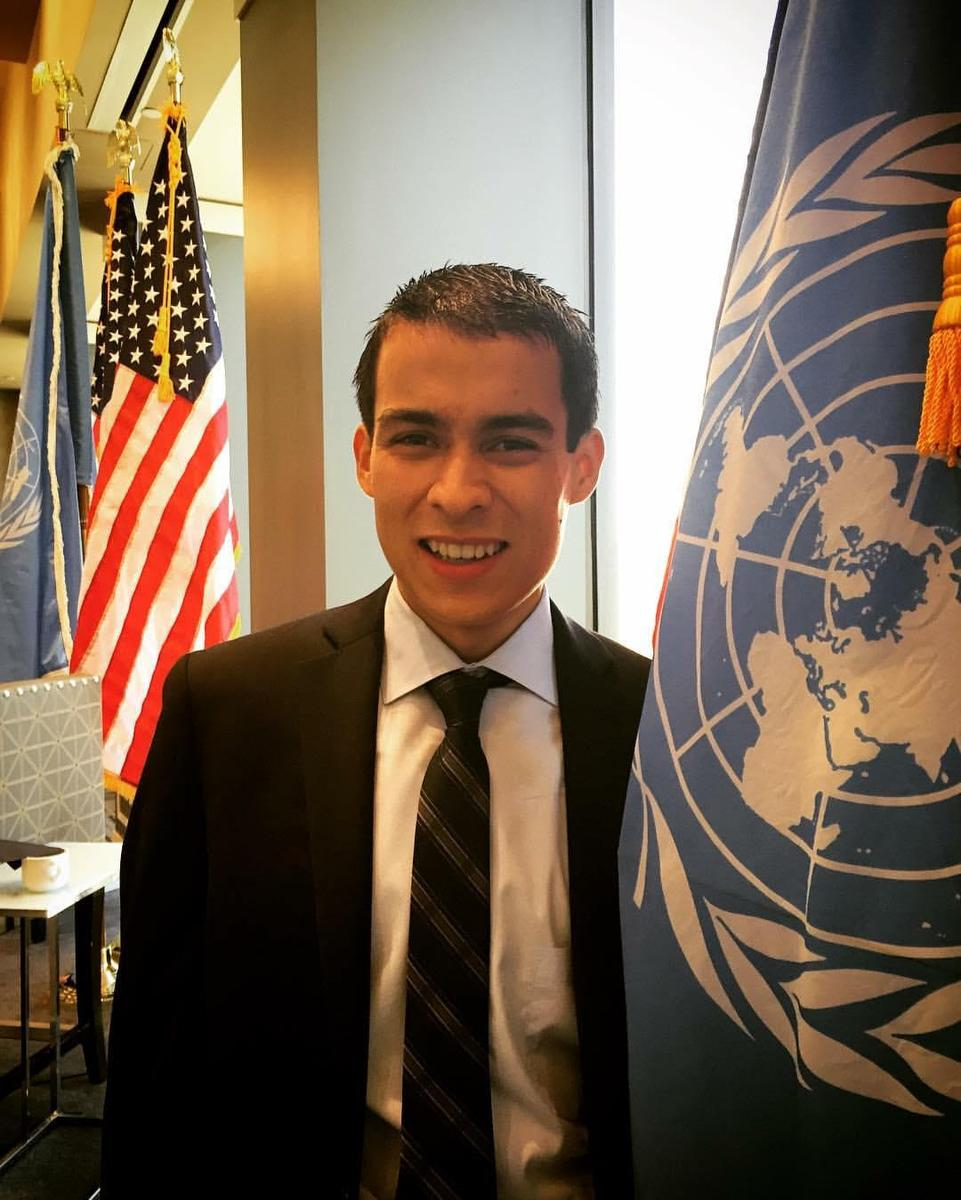
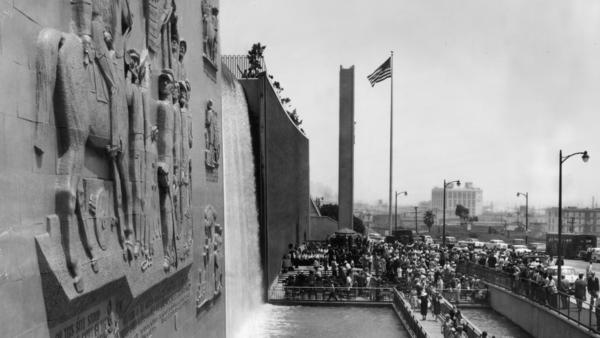

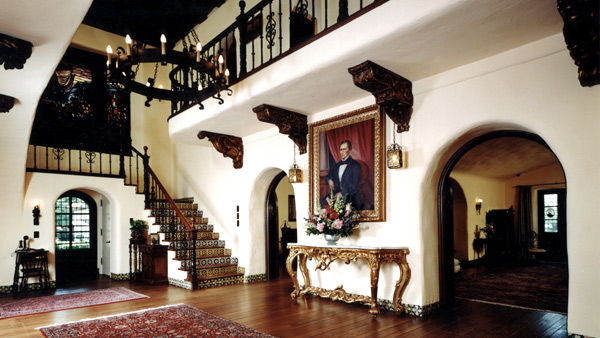


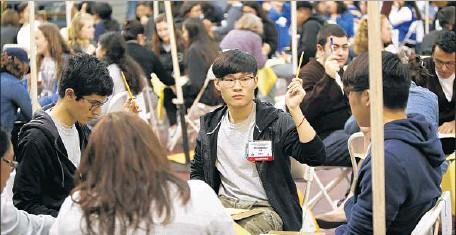



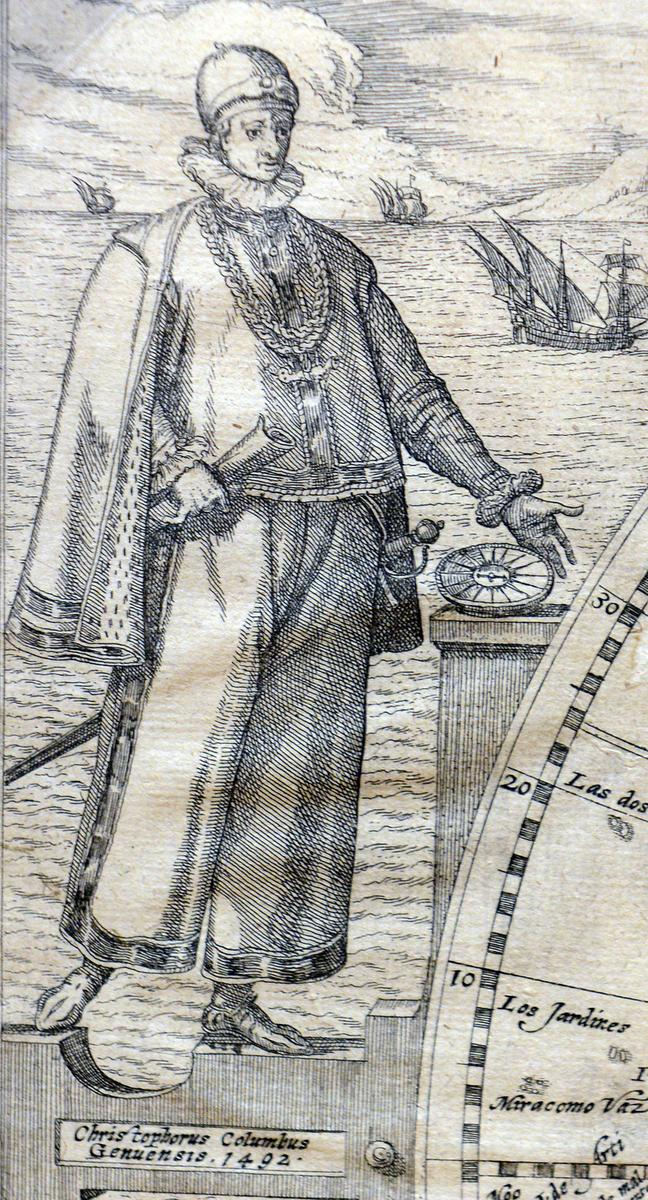 The cartography exhibit additionally highlights the skills required by map makers, said Patricia
Prestinary, university archivist and one of the exhibit’s curators.
The cartography exhibit additionally highlights the skills required by map makers, said Patricia
Prestinary, university archivist and one of the exhibit’s curators.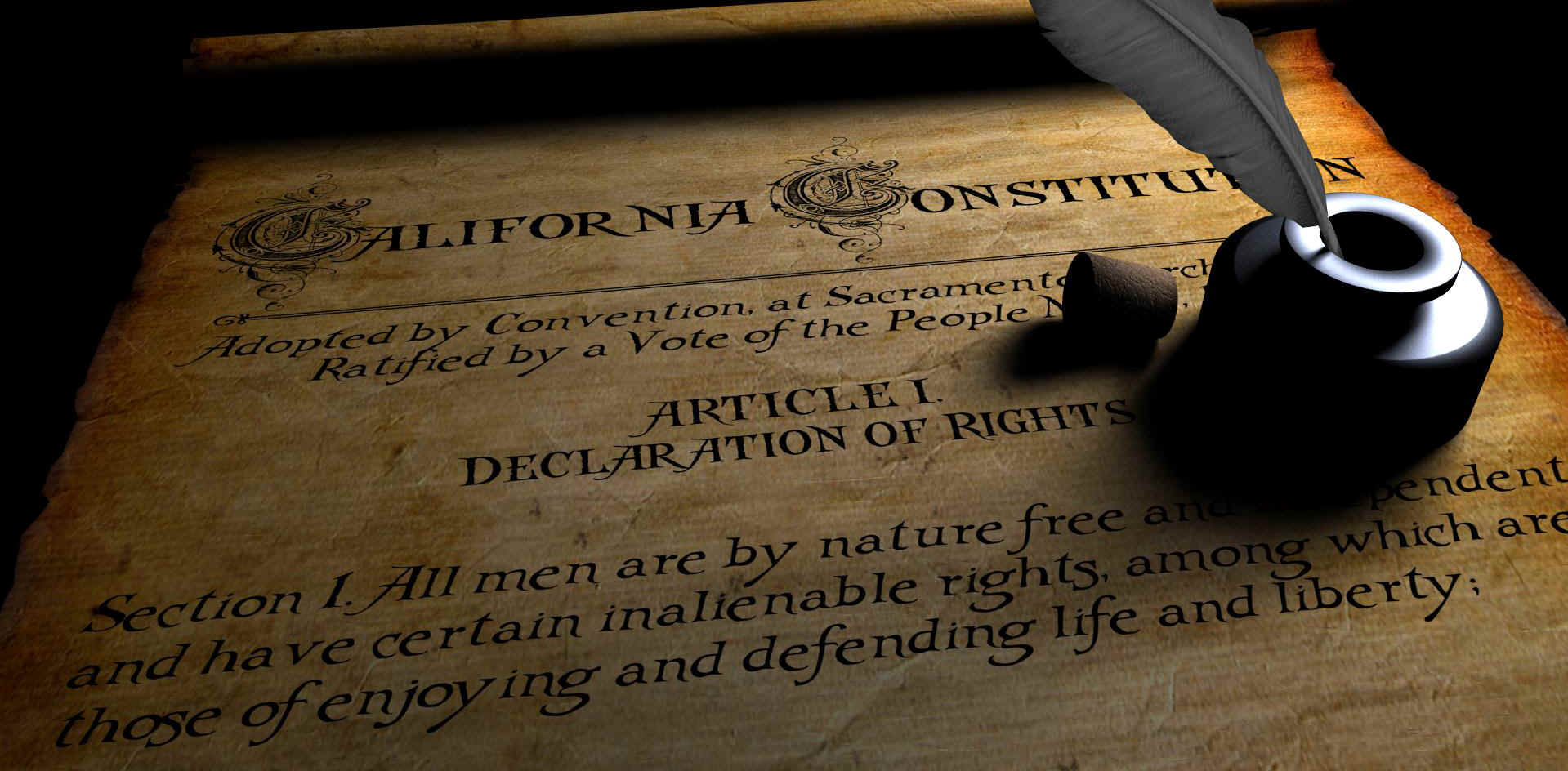
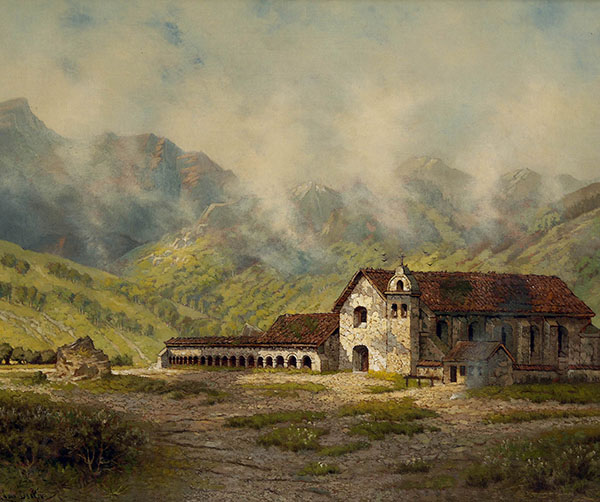
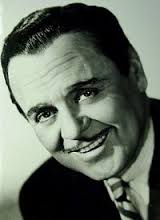
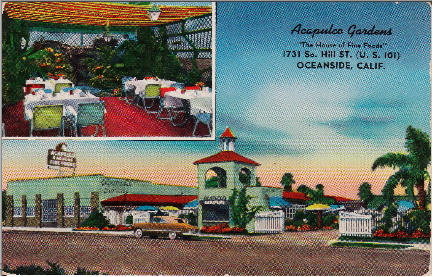
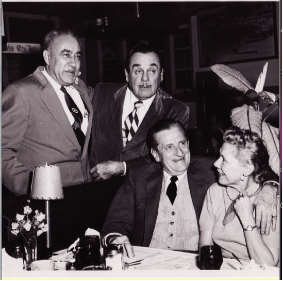
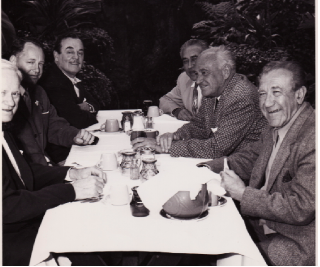
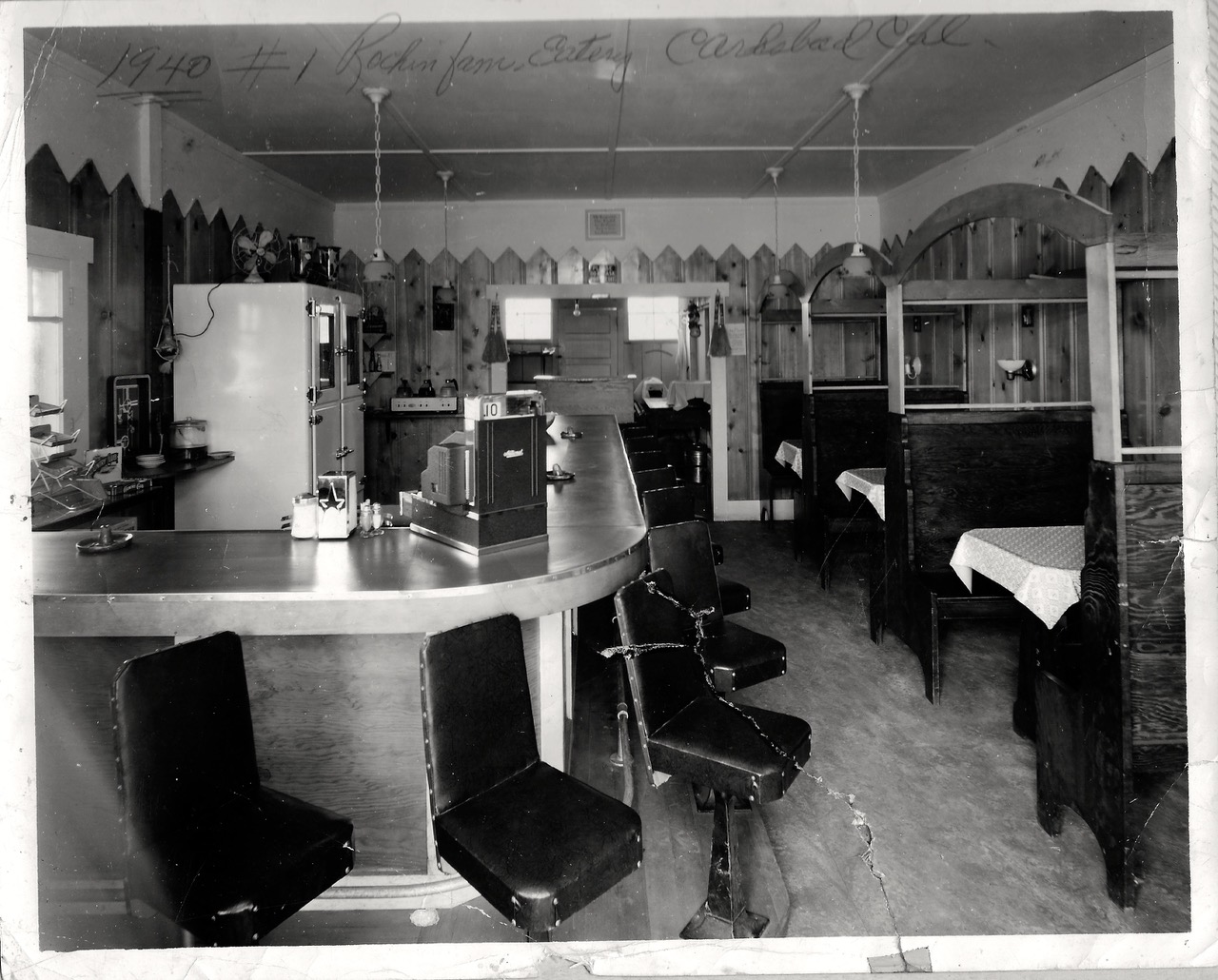
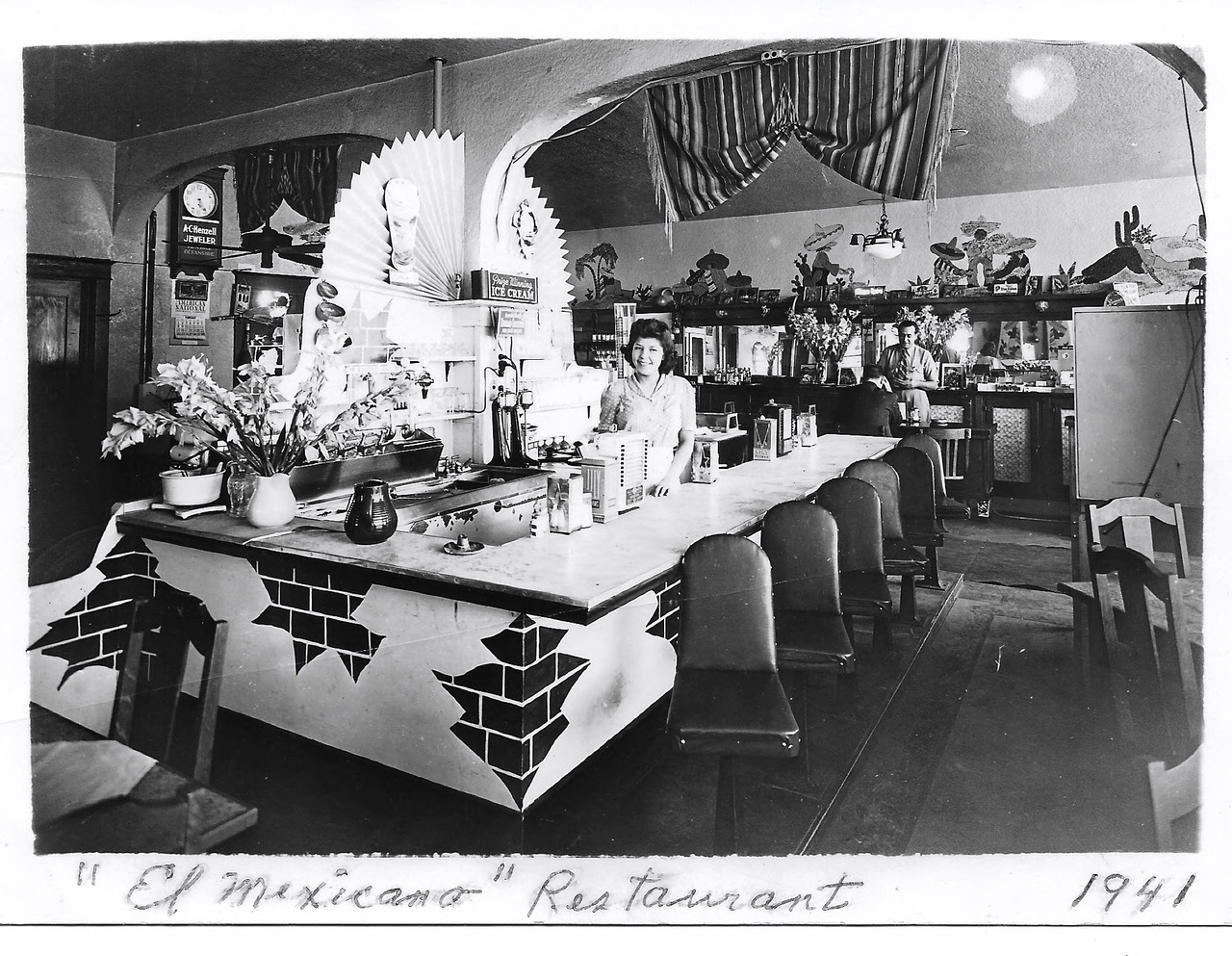

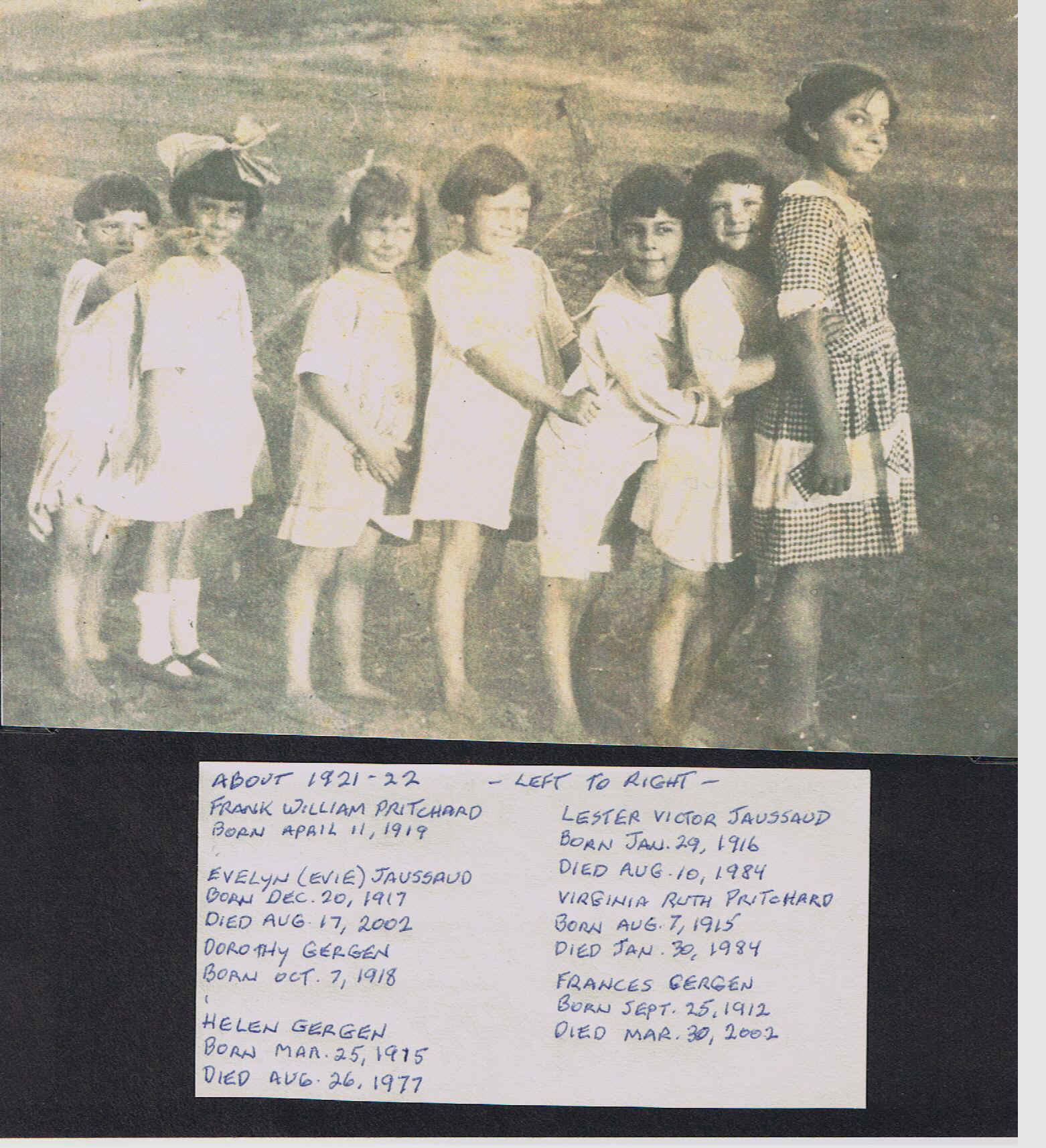

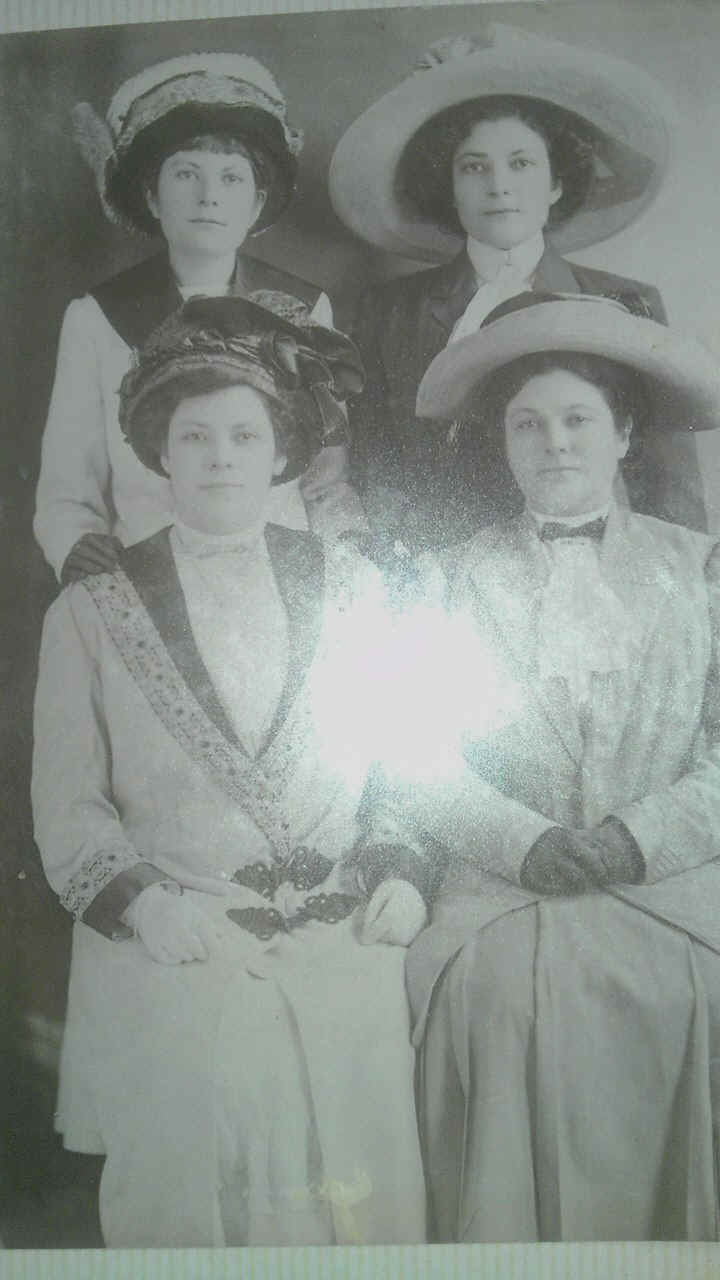
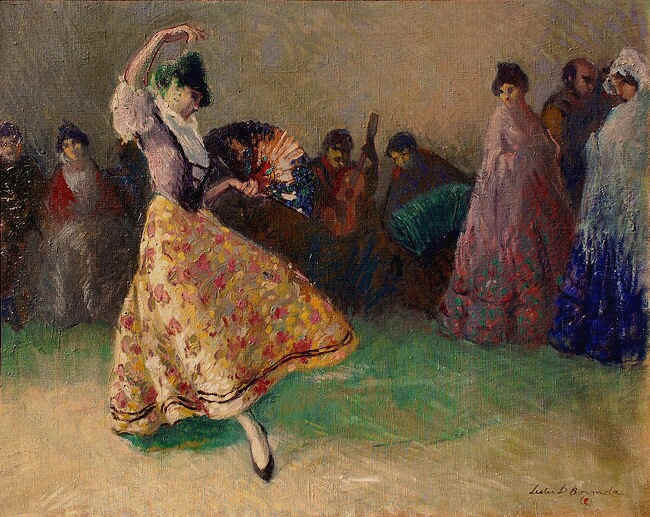
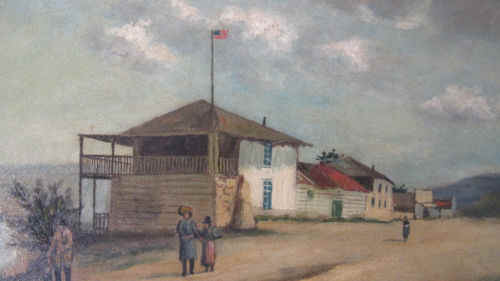
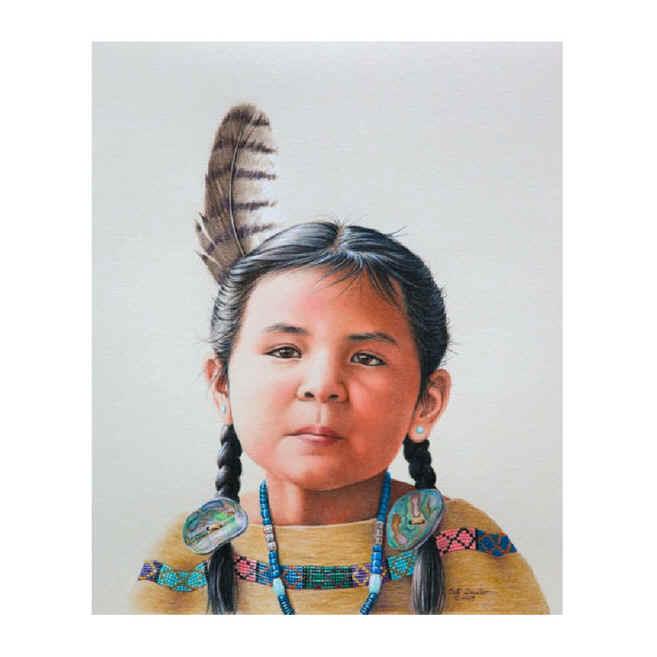
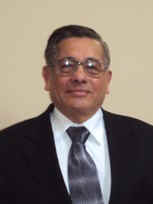

 Hundreds
of thousands of people visit the Family History Library yearly from all
over the world. Elder Bradley D. Foster, chairman of the board of
Hundreds
of thousands of people visit the Family History Library yearly from all
over the world. Elder Bradley D. Foster, chairman of the board of 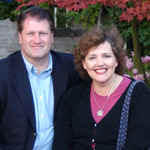

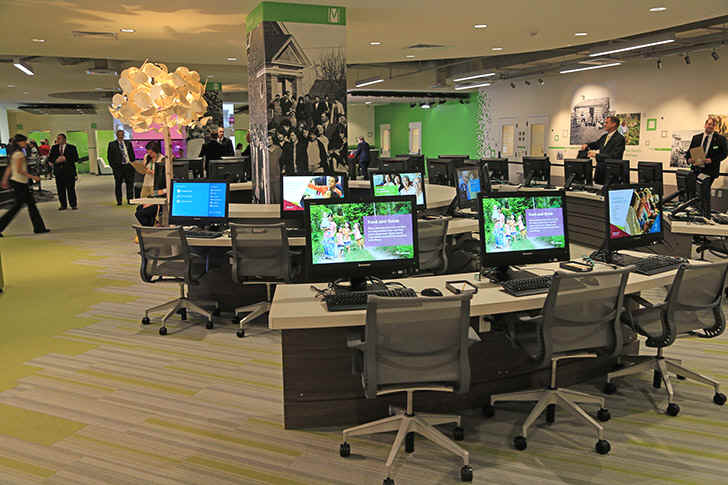

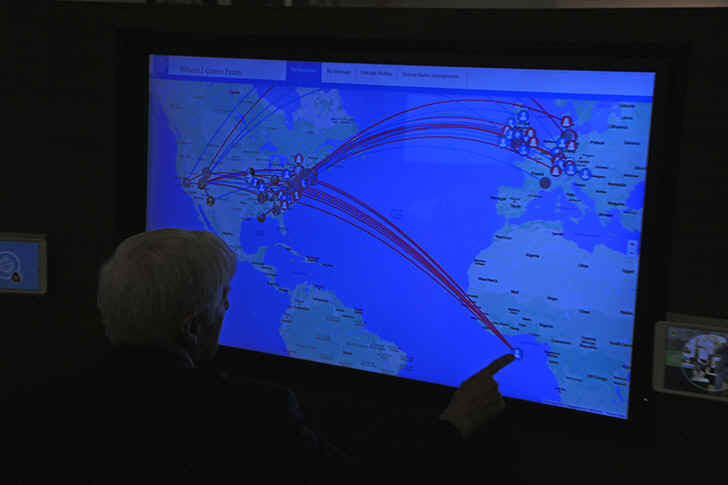
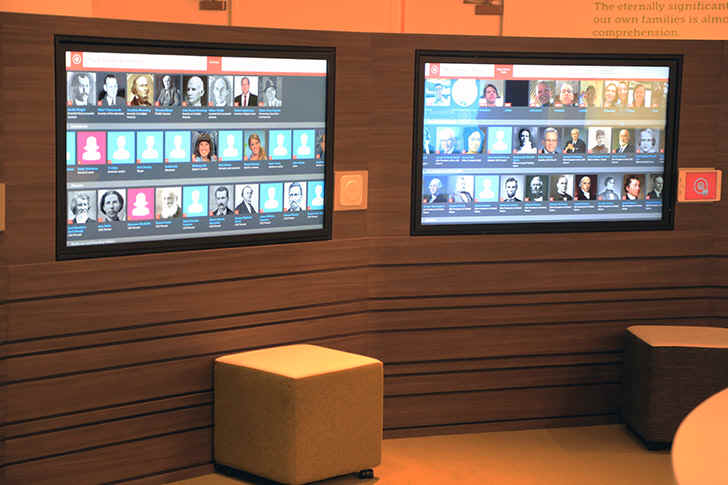
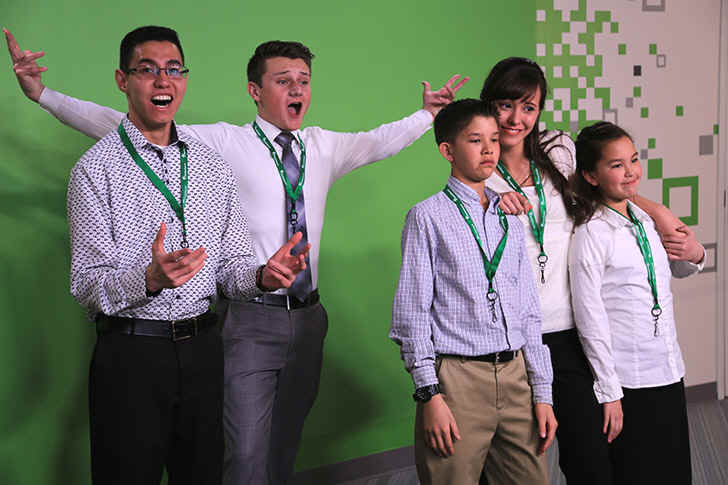
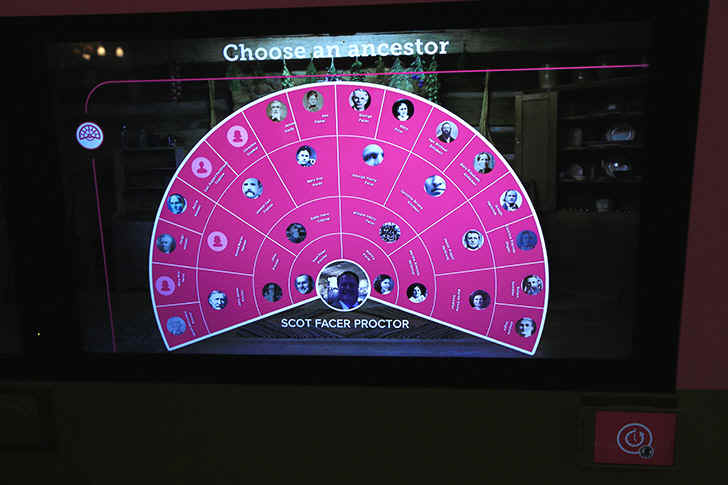
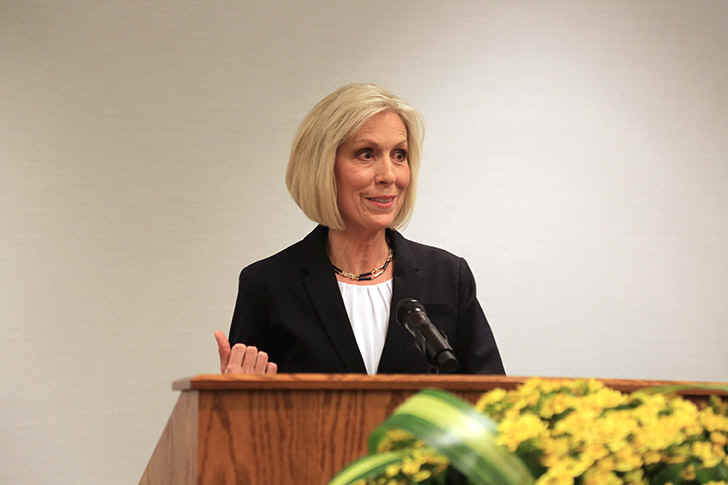
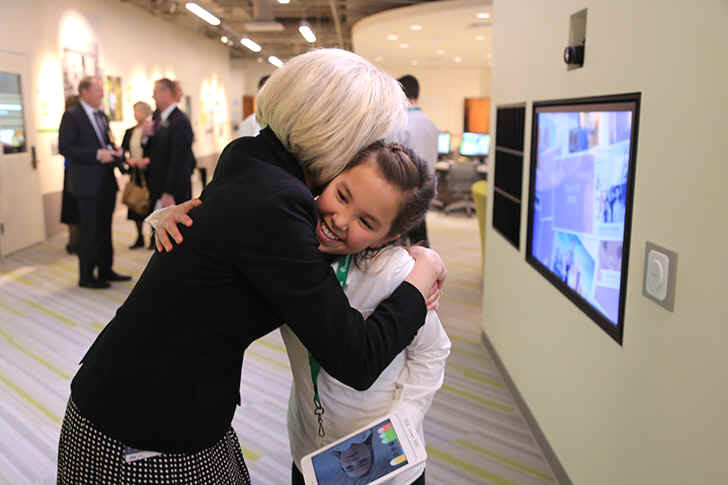

 I would have never believed where I found the answer to my query, and it was by accident. On Wednesday, November 16, 2016, my former boss and the superintendent of the South San Antonio Independent School District, Robert Zamora, invited Jo Emma and I for a Thanksgiving lunch at Poppy's Kiddie
Kampus, a day care center owned by him and his wife. Sitting next to me at the table was Robert's oldest brother Richard Zamora. All the Zamora brothers--Johnny, Richard, Robert, Tony, and Raúl were outstanding baseball players in high school and in college, having received full athletic scholarships.
I would have never believed where I found the answer to my query, and it was by accident. On Wednesday, November 16, 2016, my former boss and the superintendent of the South San Antonio Independent School District, Robert Zamora, invited Jo Emma and I for a Thanksgiving lunch at Poppy's Kiddie
Kampus, a day care center owned by him and his wife. Sitting next to me at the table was Robert's oldest brother Richard Zamora. All the Zamora brothers--Johnny, Richard, Robert, Tony, and Raúl were outstanding baseball players in high school and in college, having received full athletic scholarships. 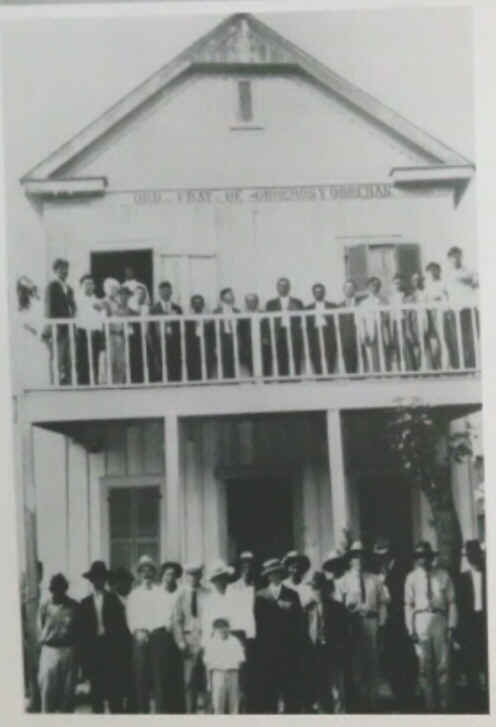
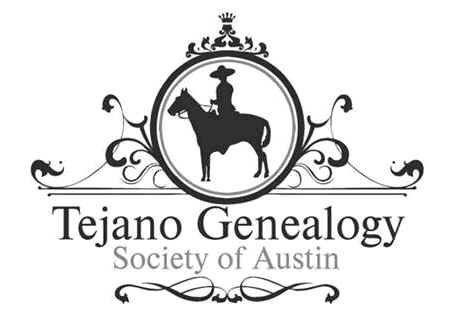


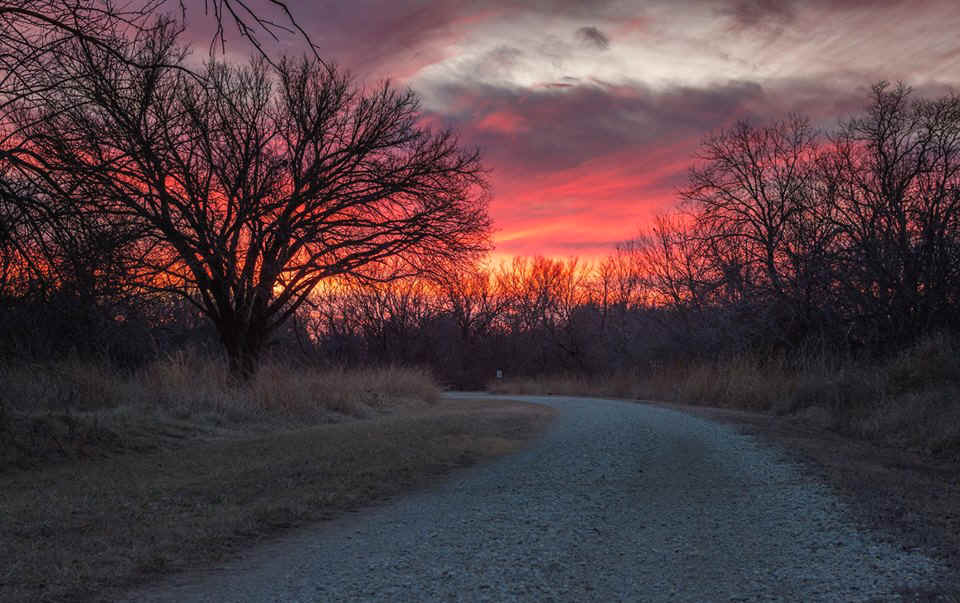
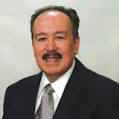
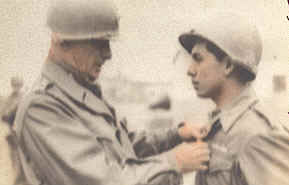
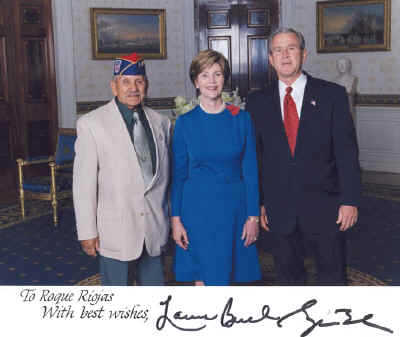
 25 Black Men to receive $10,000. each for Their Stories
25 Black Men to receive $10,000. each for Their Stories
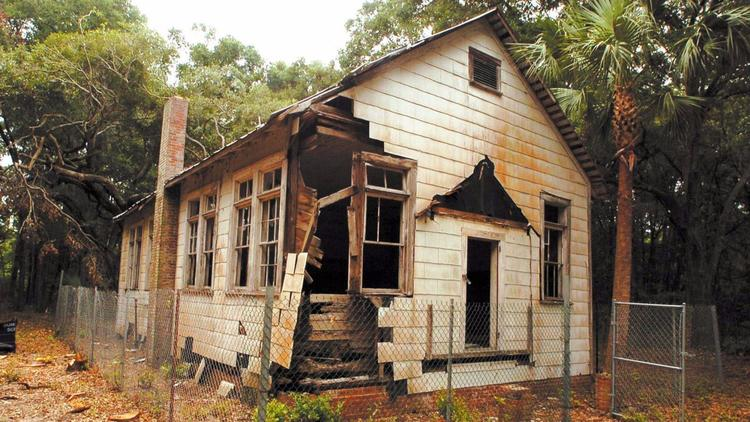
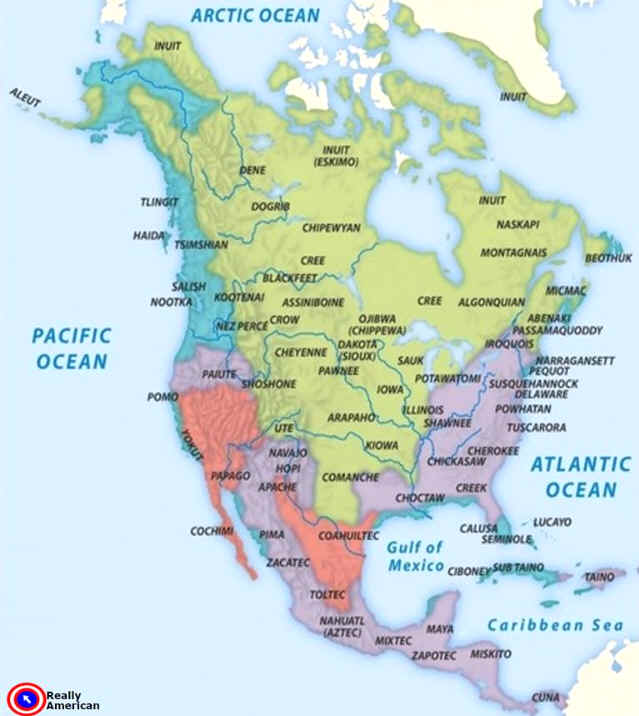
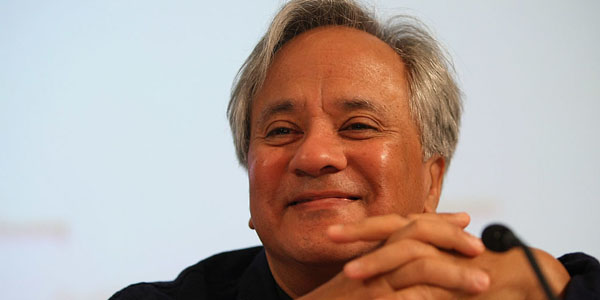
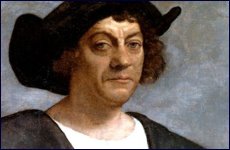
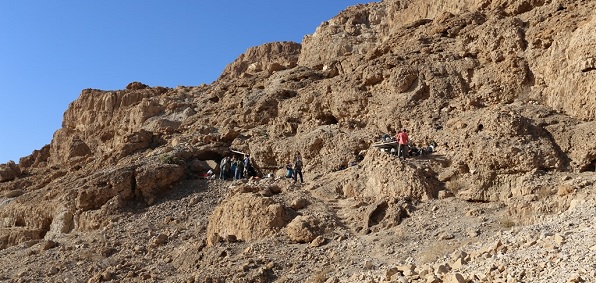
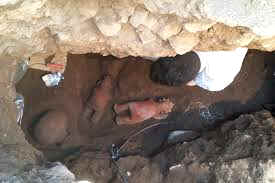
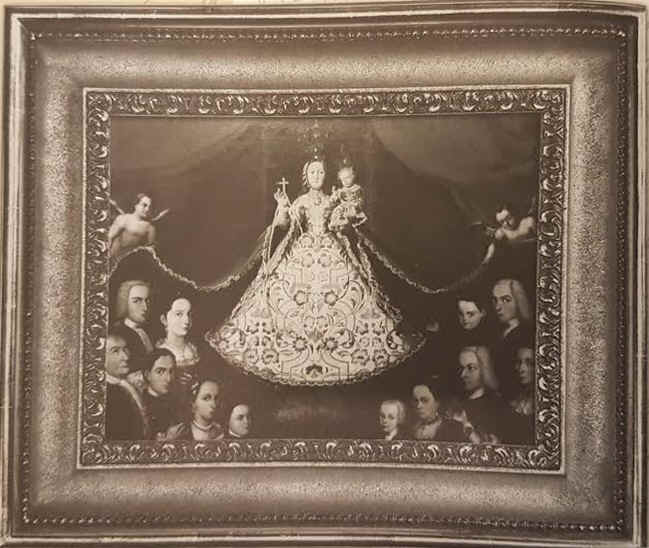
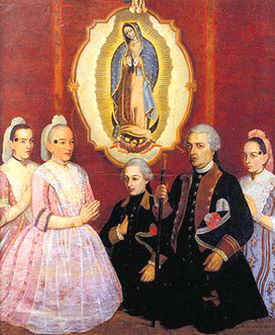
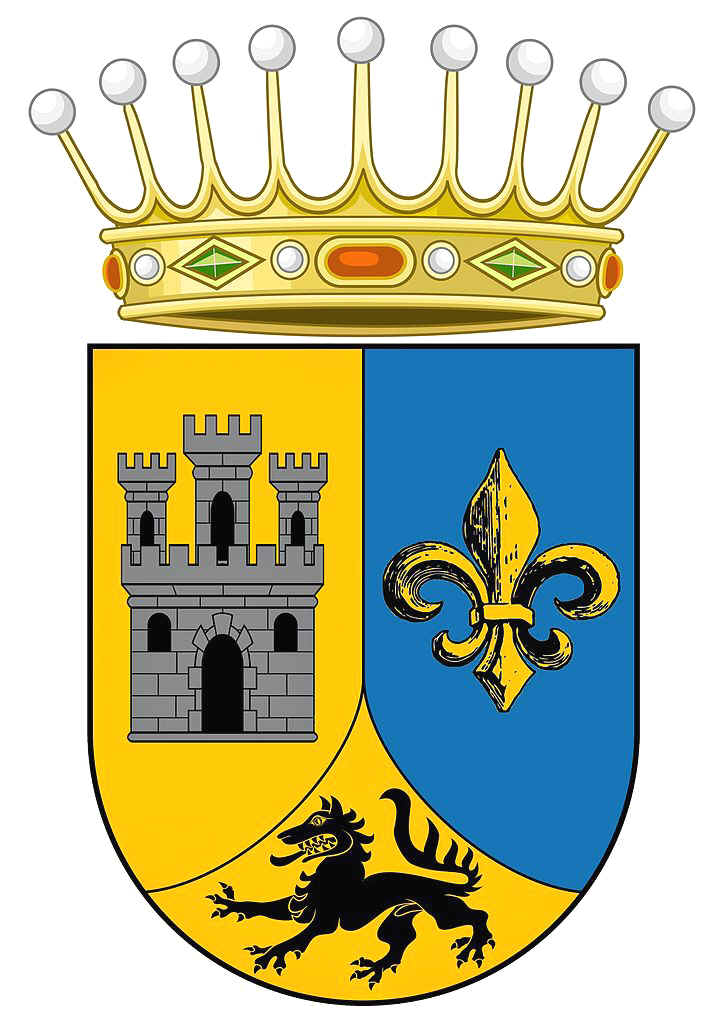 Hoy 24 de Noviembre de 1788, se sacò testimonio de esta partida a pedimento de
parte.
“En el año del
Sor. de mil setecientos ochenta y ocho en veinte y cinco de
Sept. En la Hacienda del Peñasco de esta jurisdicción el
Sor. Conde de Santa Marìa de Guadalupe del Peñasco Dn. Francisco de la Mora, Coronel en Gefe de las Milicias Provinciales de la Legion Mixta de San Carlos, y Capitan del Tribunal de la Sta. Hermandad de la
Acordada. Español, viudo de Da. Yldephonsa Perez Calderon, Condeza de Sta. Marìa de Guadalupe del Peñasco, en unión y comunión de
N.S.M.Y. volvió su alma à D.N.S. que lo criò y redimió, haviendo recibido los
Stos. Sacramentos de la Penitencia, Eucaristia por modo de Biatico y Extremaunciòn que le administrò el
R.P. Frai Josef Perez Calderon Capellan de dicha Hacienda quien le aplicò la indulgencia plenaria concedida por N. Señor P. Benedicto Dezimo Quarto. yla Bulla de la Sta.
Cruzada. E yo el Dor. Dn. Manuel Josef de Herrera, Cathedratico de Philosophia y
Theologia, Examinador Sinodal con exercicio, Comisario de los Stos. y Apostolicos Tribunales de Ynquisicion y
Cruzada, Cura beneficiado por su Magestad (q.d.g.) de esta dicha Ciudad y su jurisdicción, elevè el cadáver y acompañè el entierro hasta el Convento de
N.S.P.S. Francisco donde lo entreguè al B.R.P. Frai Josè Ygnacio Marìa Alegre Ex. Difinidor Ministro Provincial de esta Provincia quien diò sepultura a su cuerpo en el primer tramo de la capilla del
Ve. Orden Tercero de penitencia de dicho Convento con toda Pompa de Siete Capas
Pluviales, Cruz, Siriales, Dialmaticas acompañados, y siete pozas, haviendose cantado el primer nocturno de vigilia y Missa de Cuerpo
presente. Texto. Y para que conste lo firmo dicho R.P. conmigo el Cura.”
Dor. Manuel Josè de Herrera Fr. Josse Ygnacio Maria Alegre.
Hoy 24 de Noviembre de 1788, se sacò testimonio de esta partida a pedimento de
parte.
“En el año del
Sor. de mil setecientos ochenta y ocho en veinte y cinco de
Sept. En la Hacienda del Peñasco de esta jurisdicción el
Sor. Conde de Santa Marìa de Guadalupe del Peñasco Dn. Francisco de la Mora, Coronel en Gefe de las Milicias Provinciales de la Legion Mixta de San Carlos, y Capitan del Tribunal de la Sta. Hermandad de la
Acordada. Español, viudo de Da. Yldephonsa Perez Calderon, Condeza de Sta. Marìa de Guadalupe del Peñasco, en unión y comunión de
N.S.M.Y. volvió su alma à D.N.S. que lo criò y redimió, haviendo recibido los
Stos. Sacramentos de la Penitencia, Eucaristia por modo de Biatico y Extremaunciòn que le administrò el
R.P. Frai Josef Perez Calderon Capellan de dicha Hacienda quien le aplicò la indulgencia plenaria concedida por N. Señor P. Benedicto Dezimo Quarto. yla Bulla de la Sta.
Cruzada. E yo el Dor. Dn. Manuel Josef de Herrera, Cathedratico de Philosophia y
Theologia, Examinador Sinodal con exercicio, Comisario de los Stos. y Apostolicos Tribunales de Ynquisicion y
Cruzada, Cura beneficiado por su Magestad (q.d.g.) de esta dicha Ciudad y su jurisdicción, elevè el cadáver y acompañè el entierro hasta el Convento de
N.S.P.S. Francisco donde lo entreguè al B.R.P. Frai Josè Ygnacio Marìa Alegre Ex. Difinidor Ministro Provincial de esta Provincia quien diò sepultura a su cuerpo en el primer tramo de la capilla del
Ve. Orden Tercero de penitencia de dicho Convento con toda Pompa de Siete Capas
Pluviales, Cruz, Siriales, Dialmaticas acompañados, y siete pozas, haviendose cantado el primer nocturno de vigilia y Missa de Cuerpo
presente. Texto. Y para que conste lo firmo dicho R.P. conmigo el Cura.”
Dor. Manuel Josè de Herrera Fr. Josse Ygnacio Maria Alegre.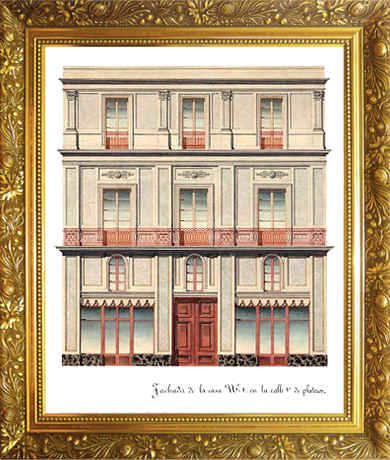
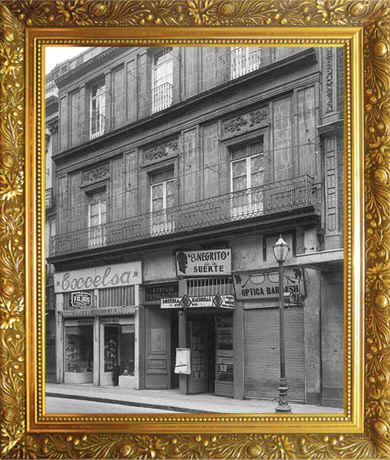
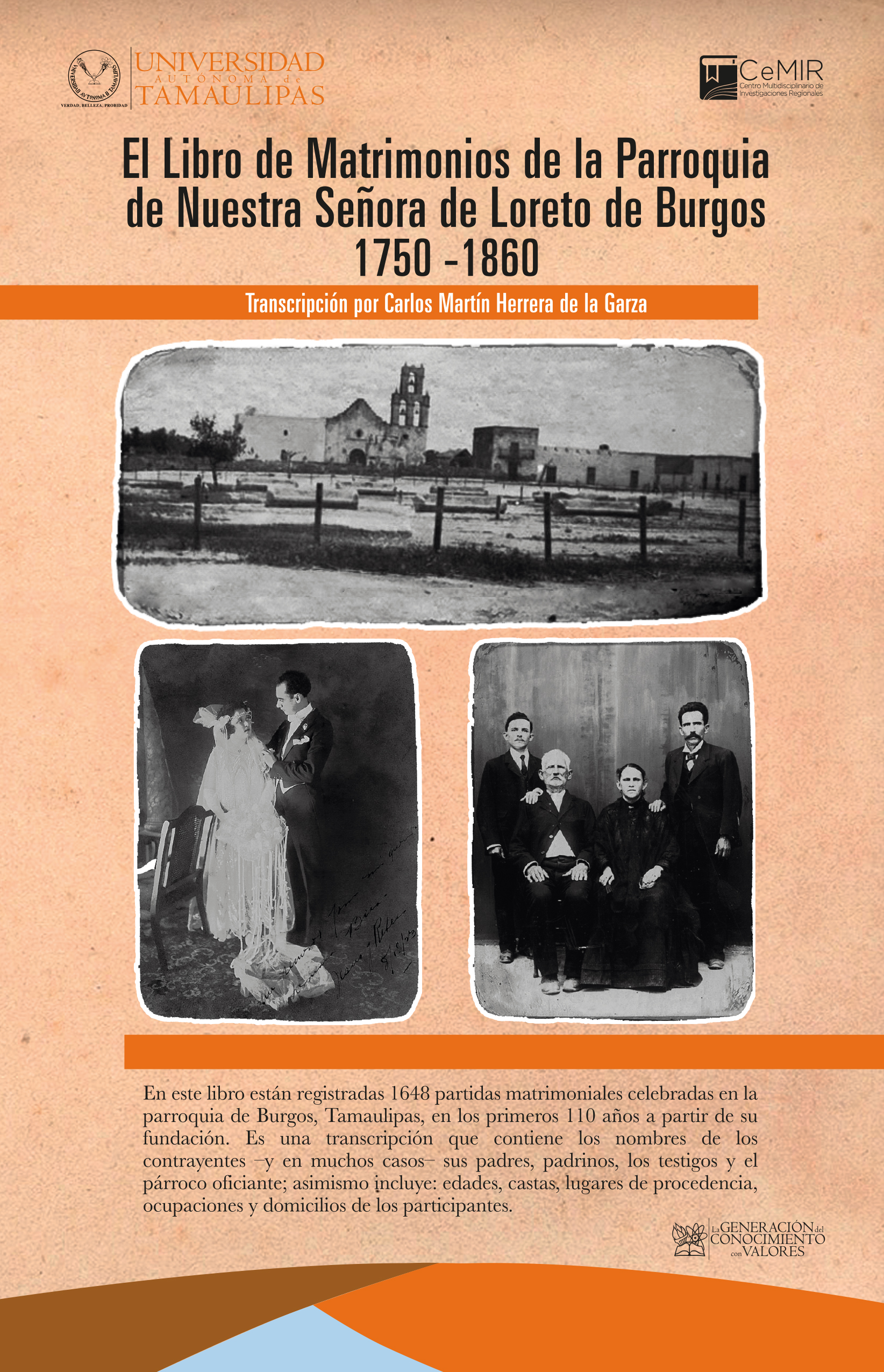
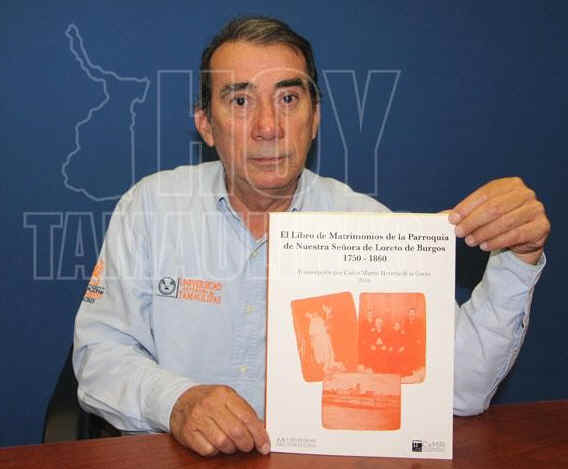
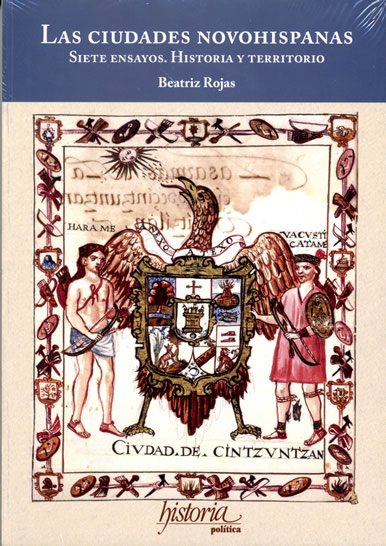
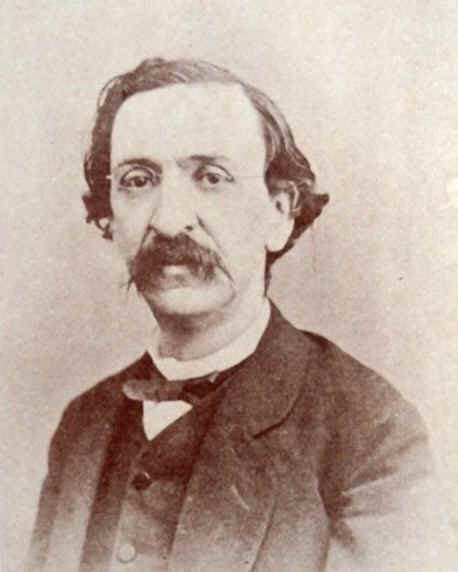
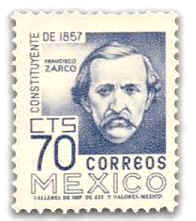
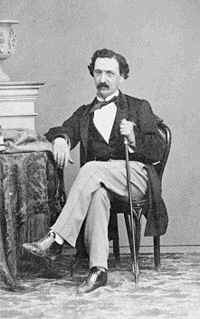
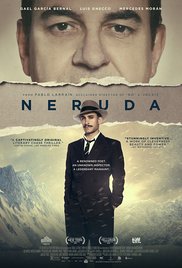 The 2016 NERUDA about the life of the internationally famous poet and politician Pablo
Neruda. The film, in Spanish with subtitles, was Chiles official film for the 2017 Academy Awards. While it did not receive an Academy nomination, the film has received major, well deserved attention from around the world.
The 2016 NERUDA about the life of the internationally famous poet and politician Pablo
Neruda. The film, in Spanish with subtitles, was Chiles official film for the 2017 Academy Awards. While it did not receive an Academy nomination, the film has received major, well deserved attention from around the world.